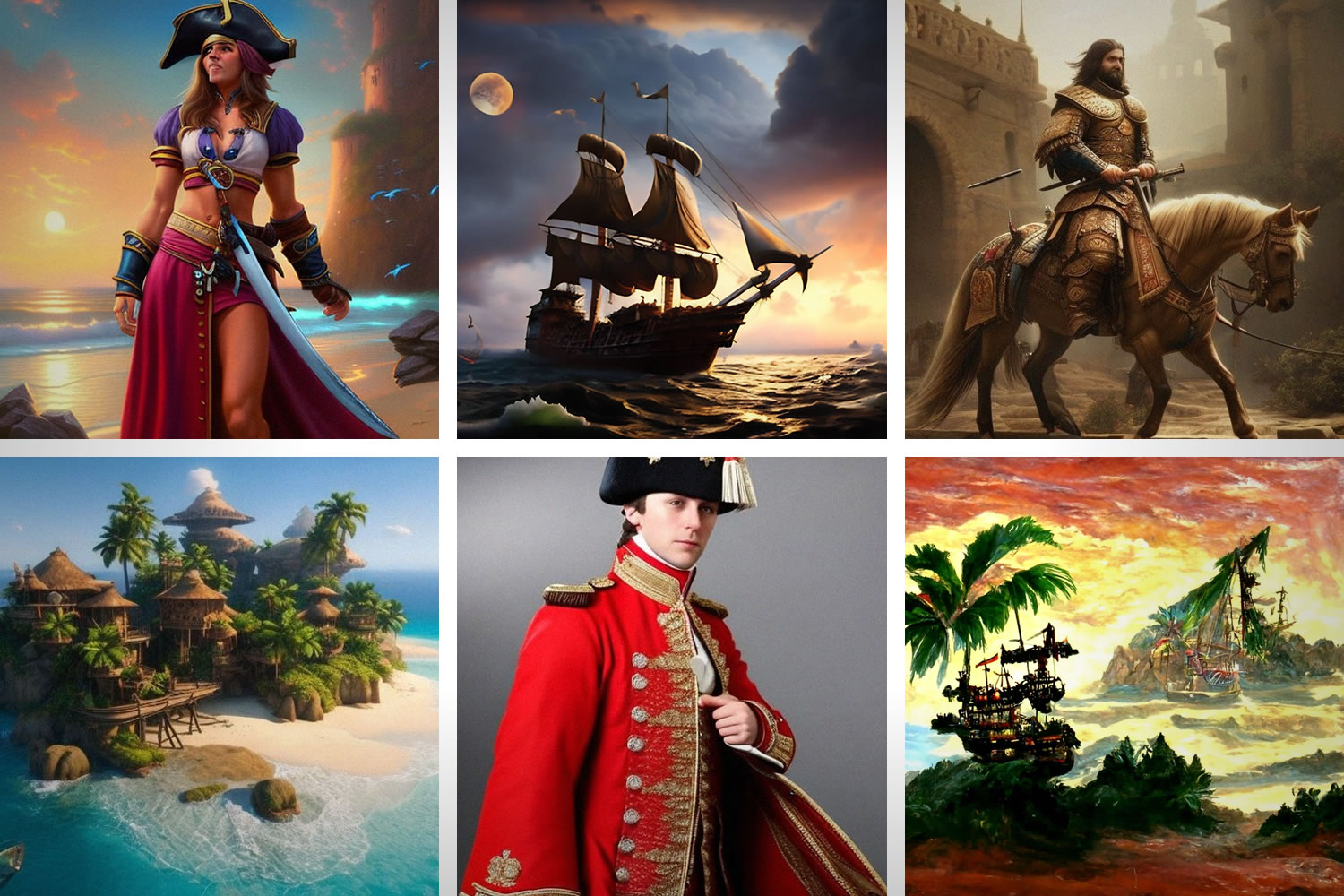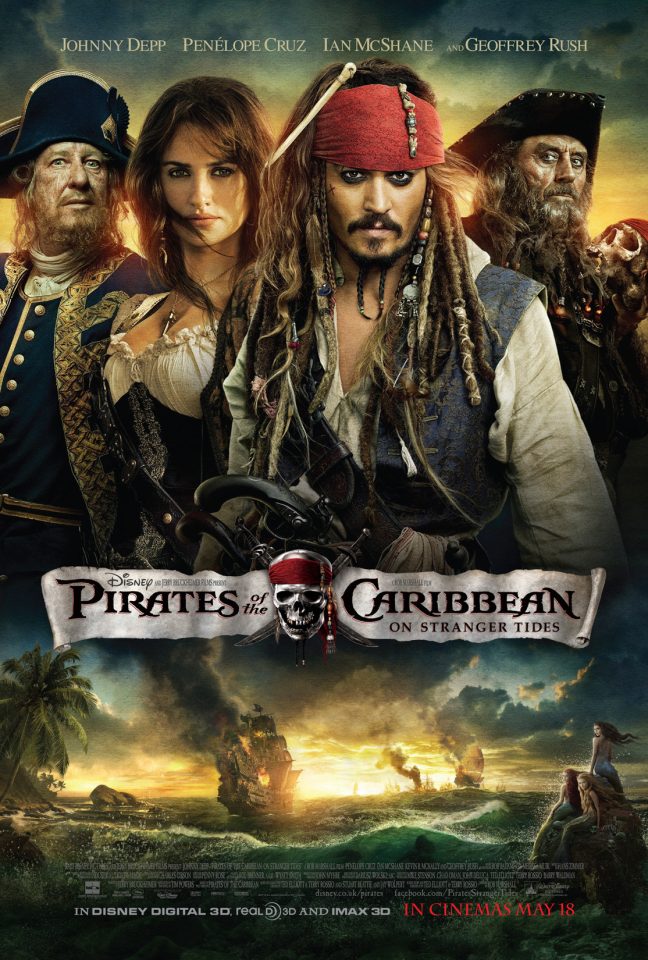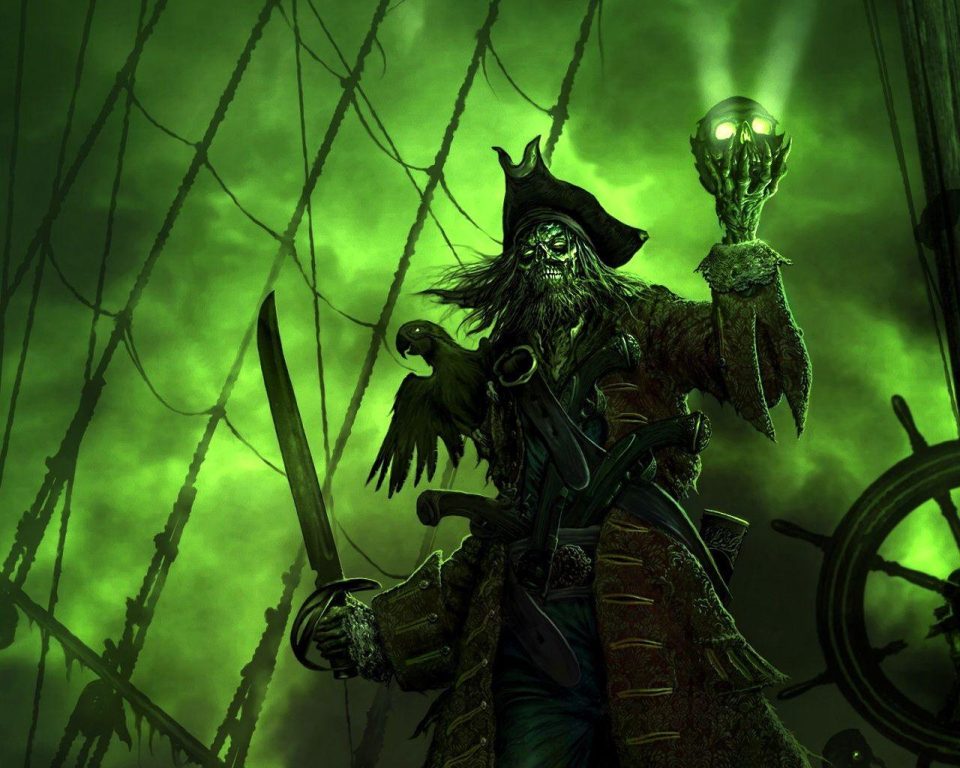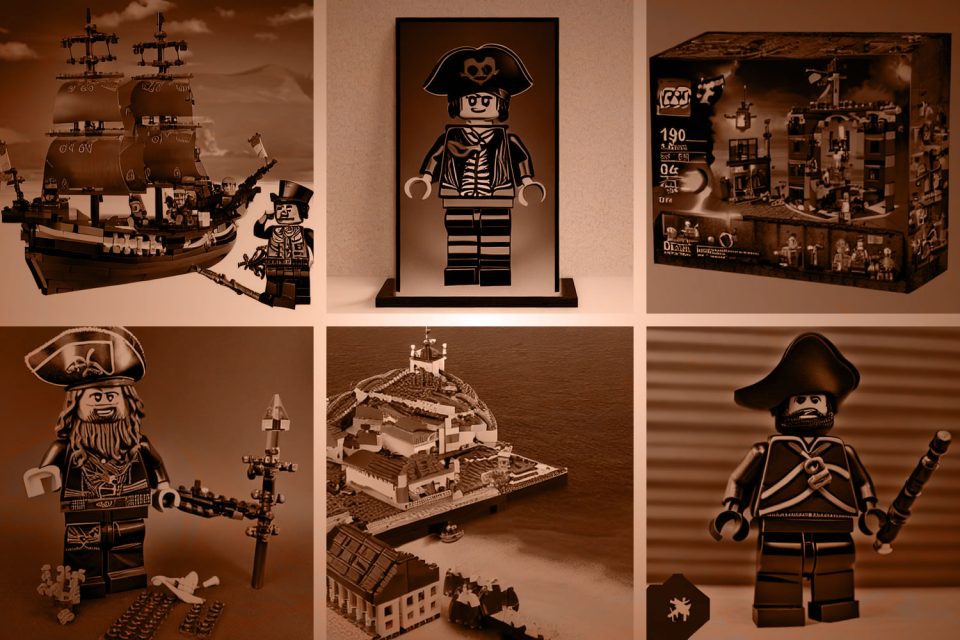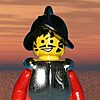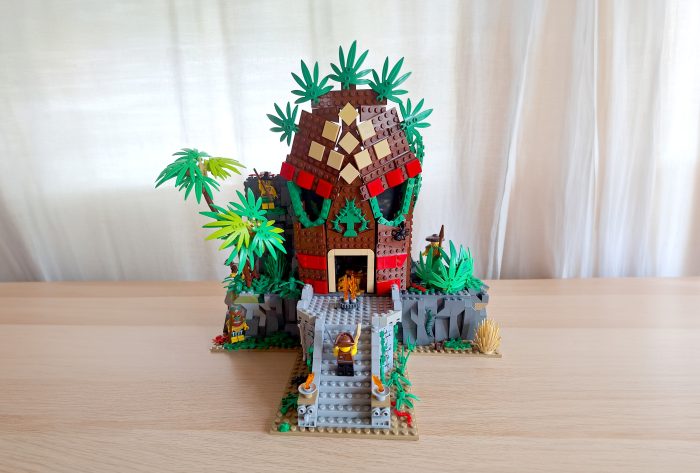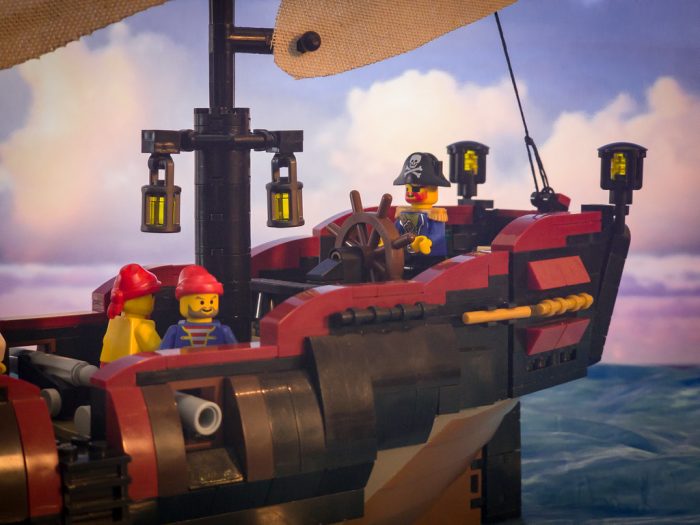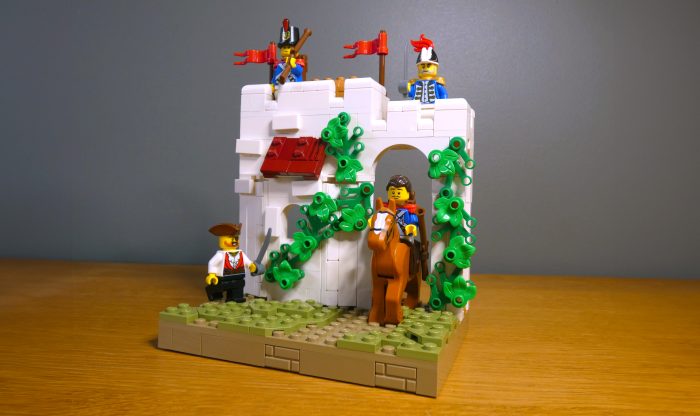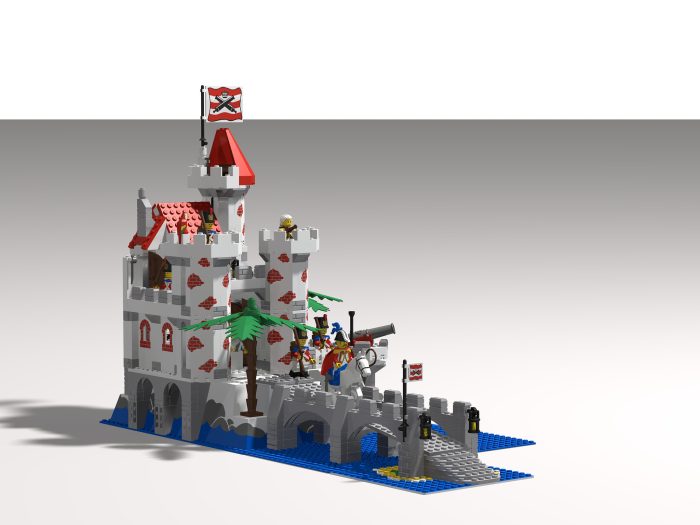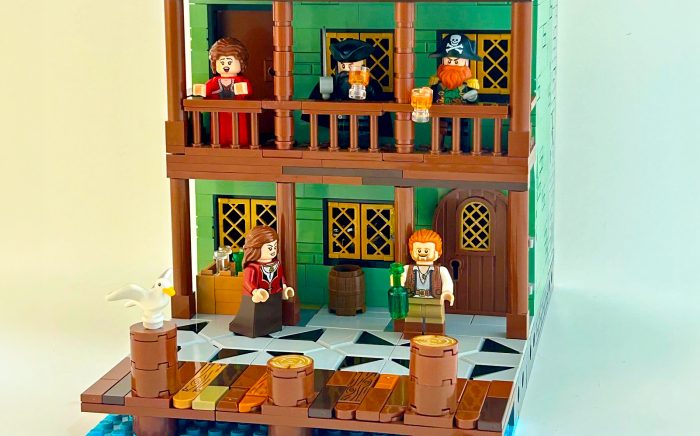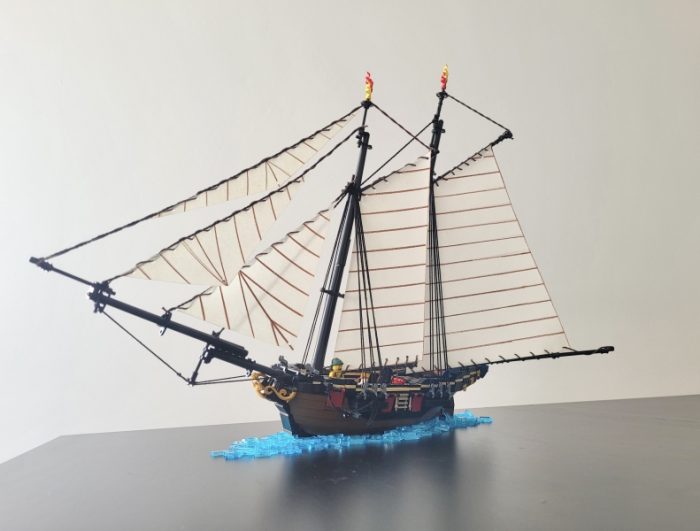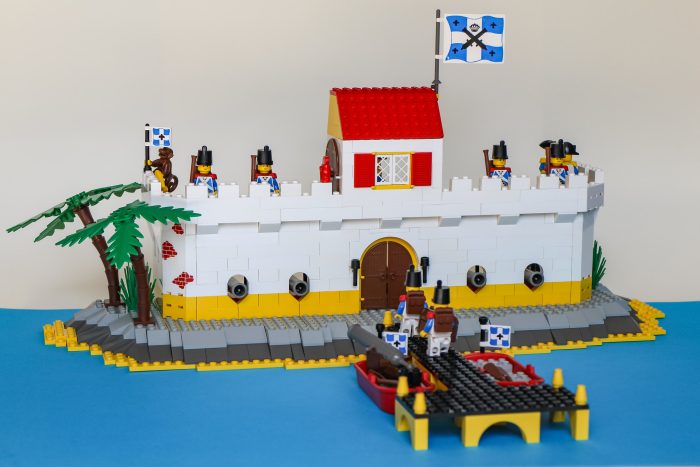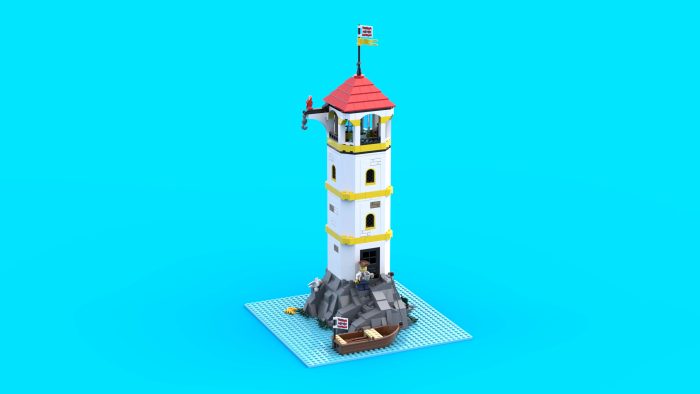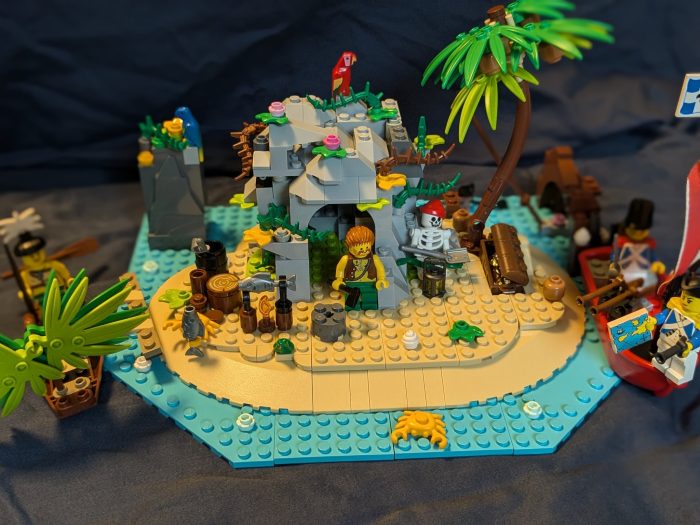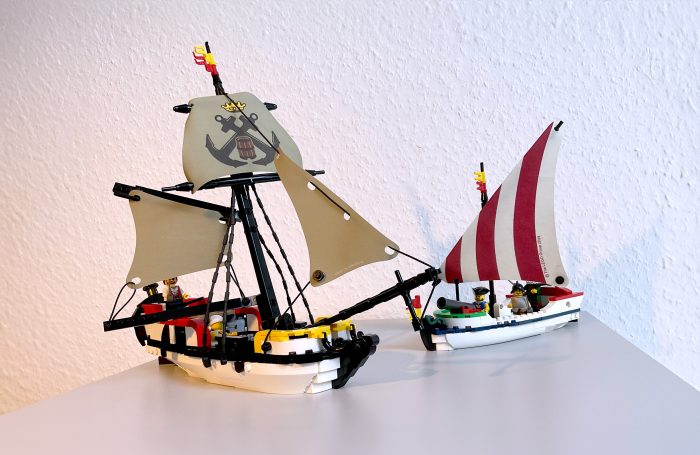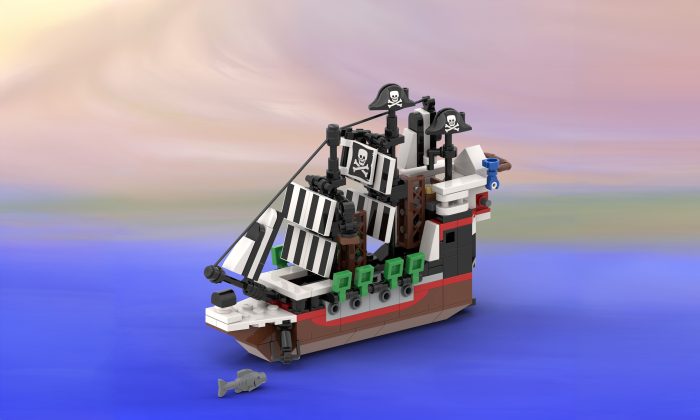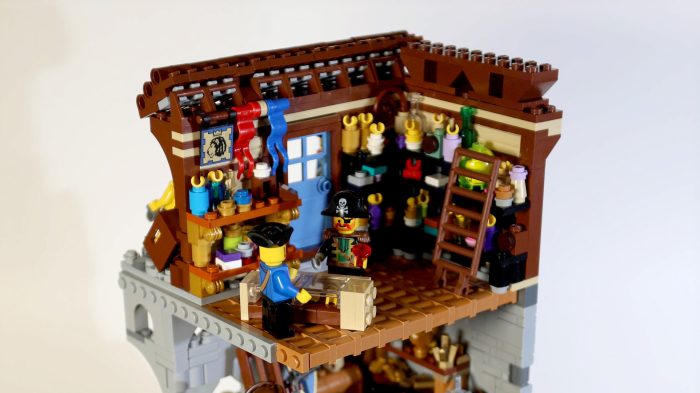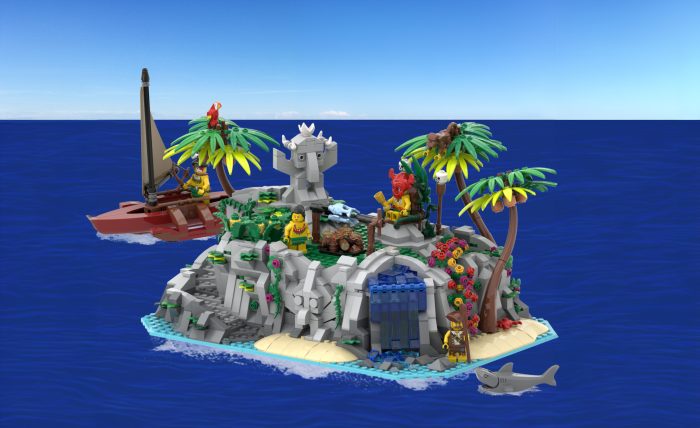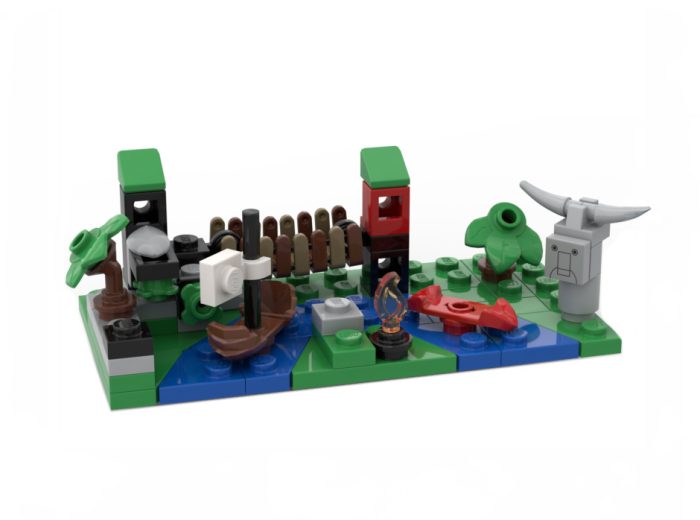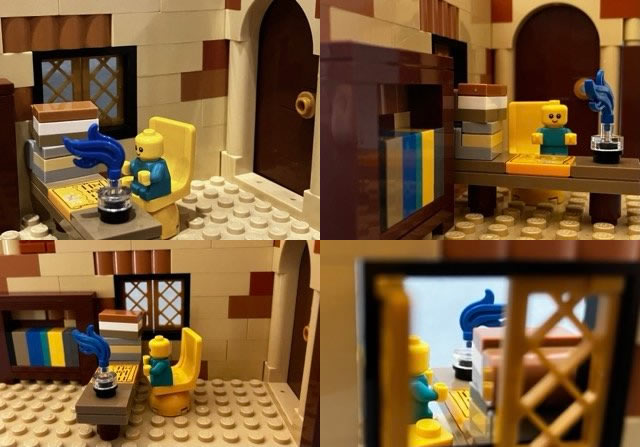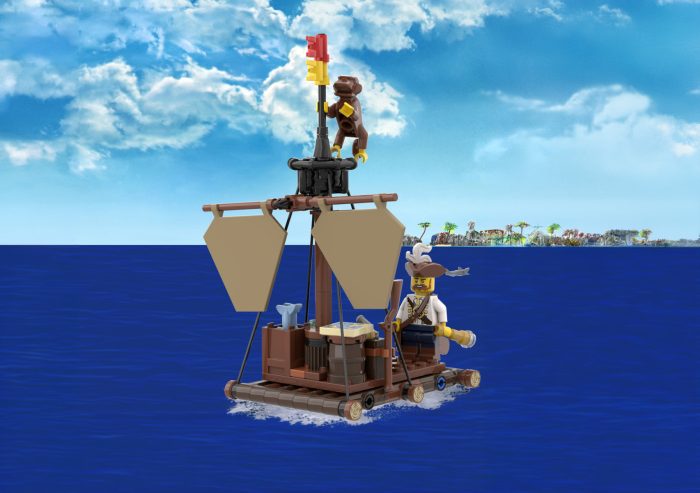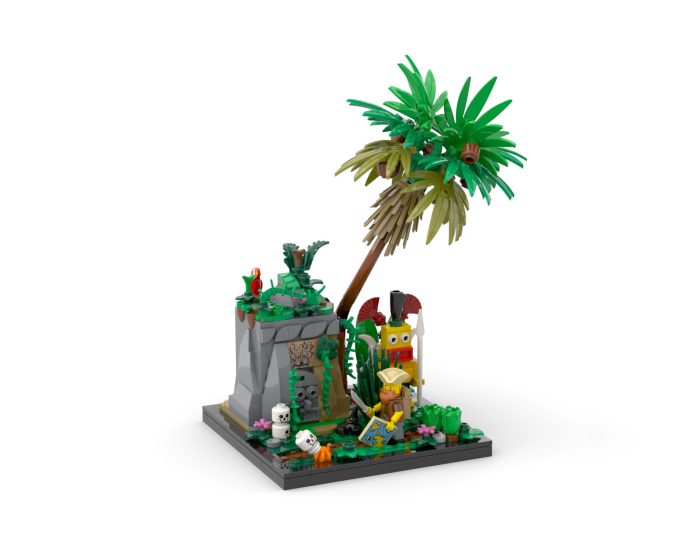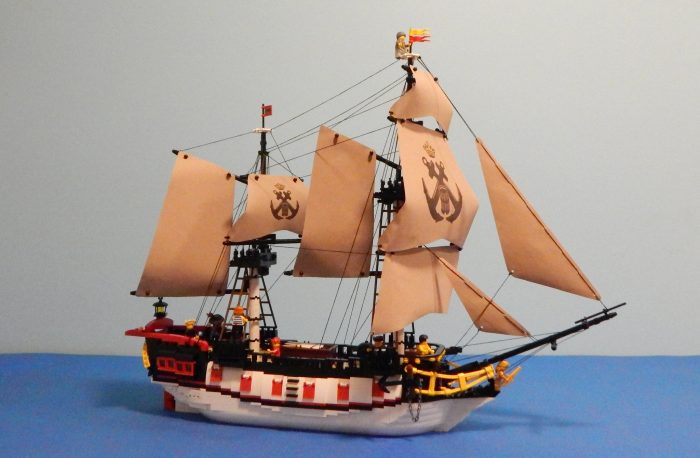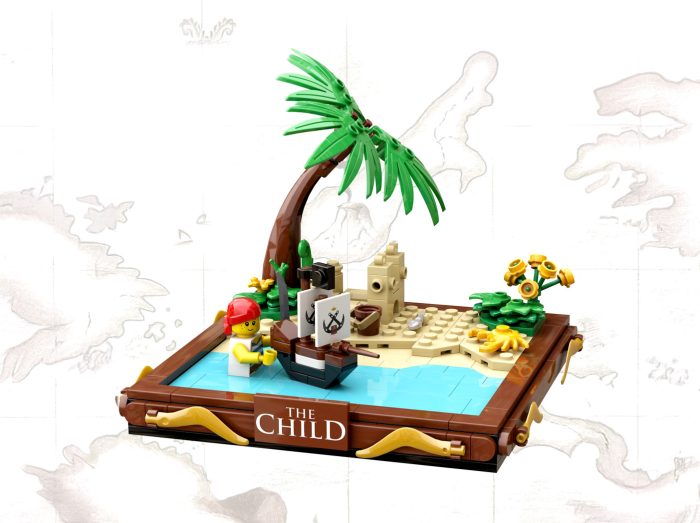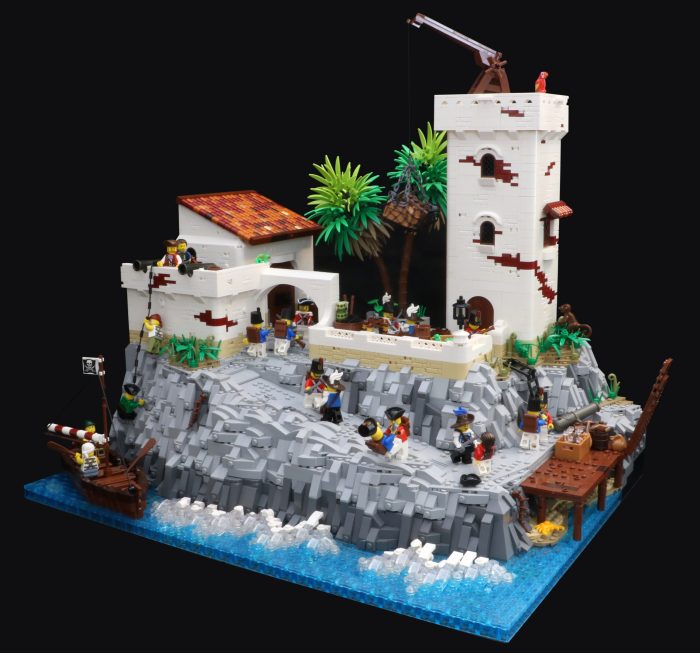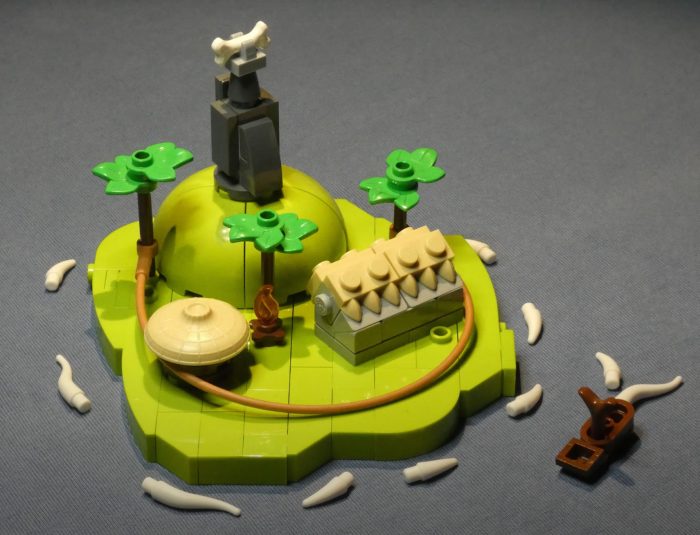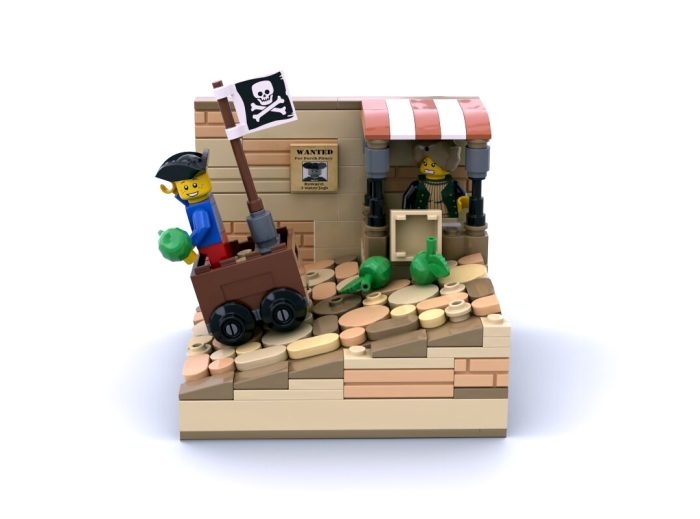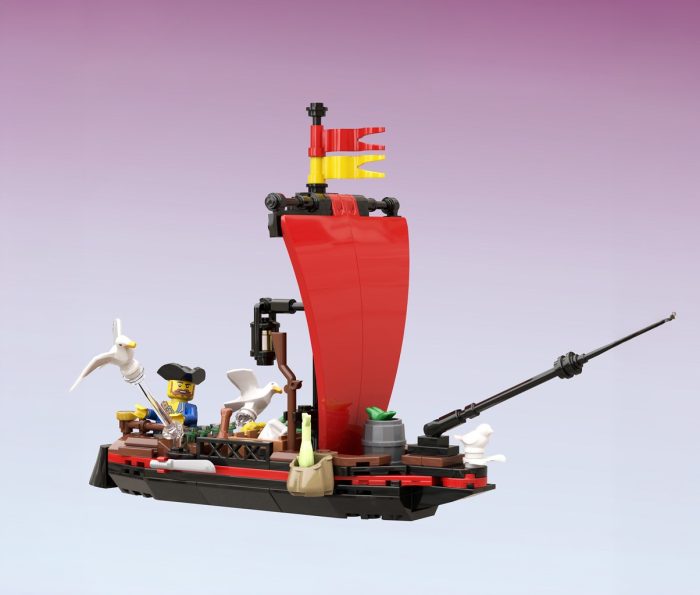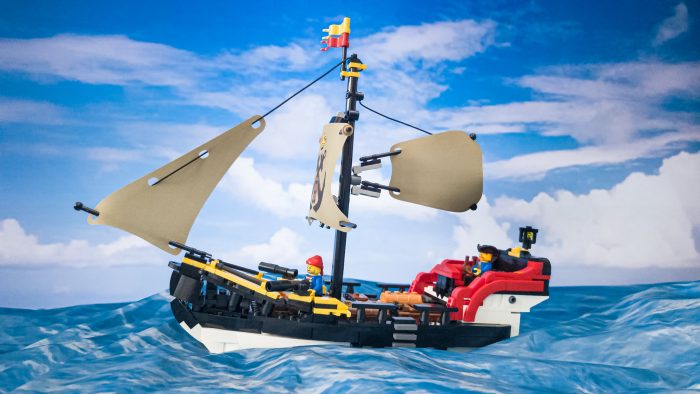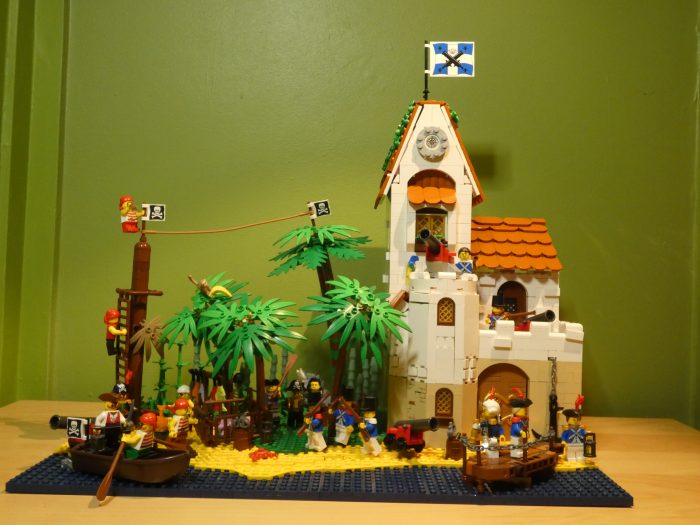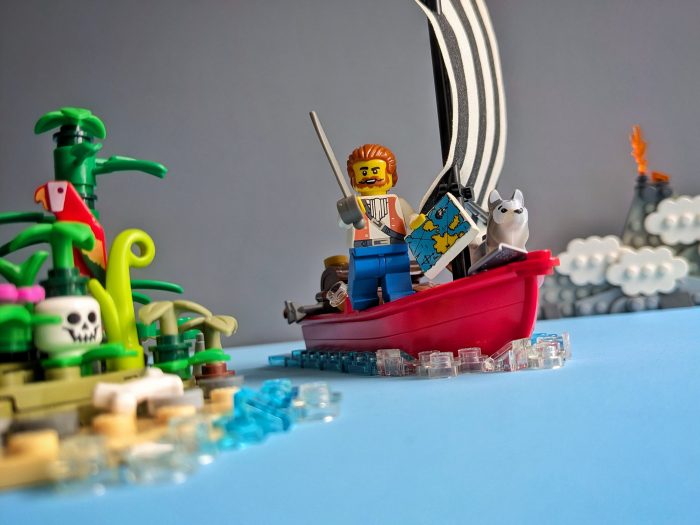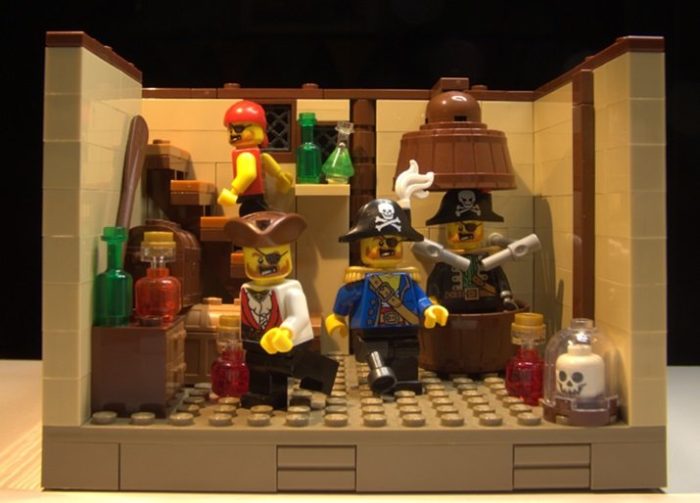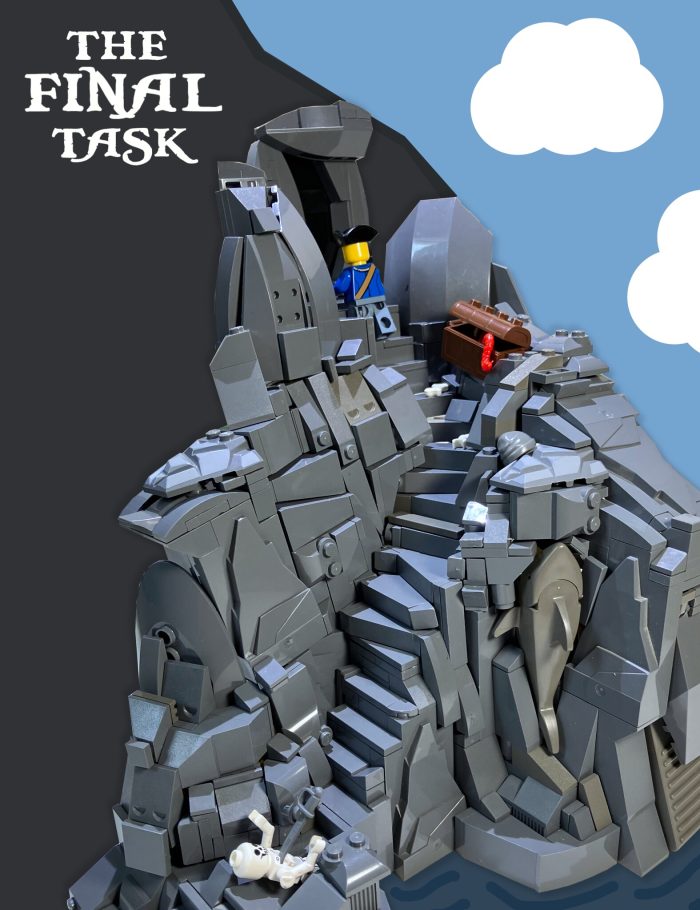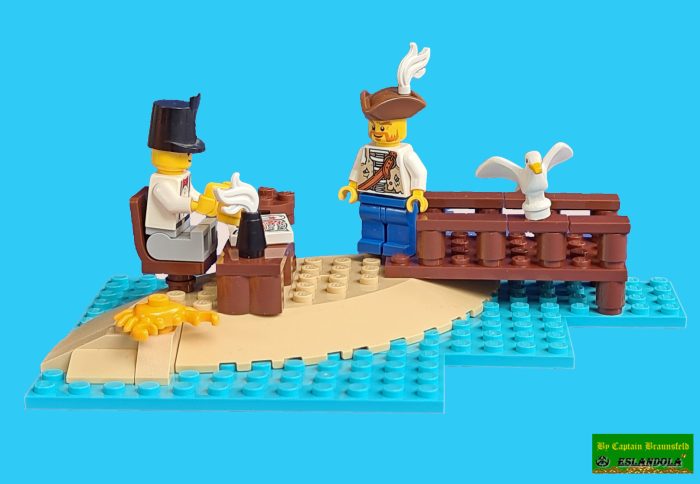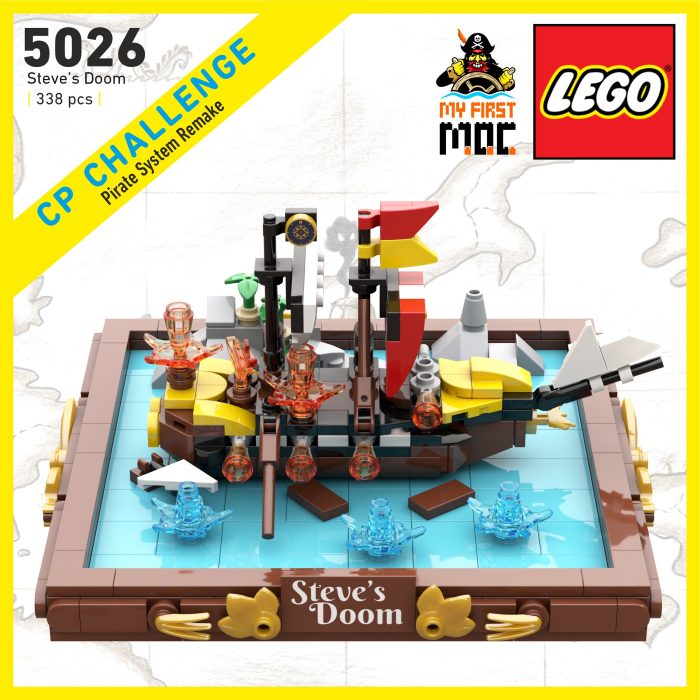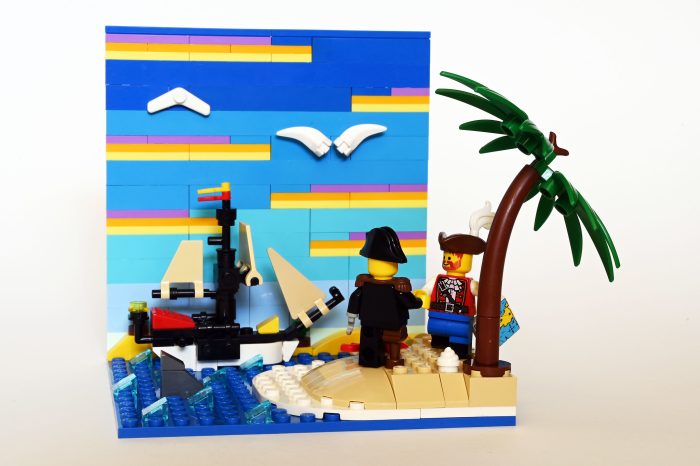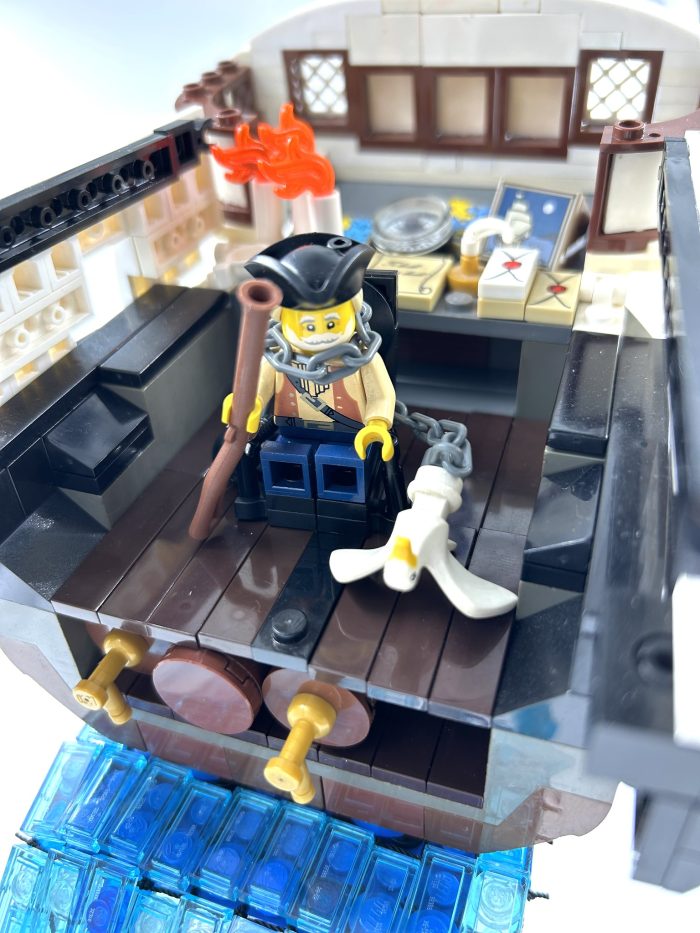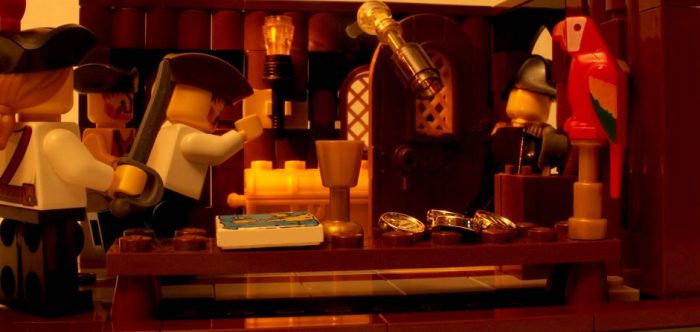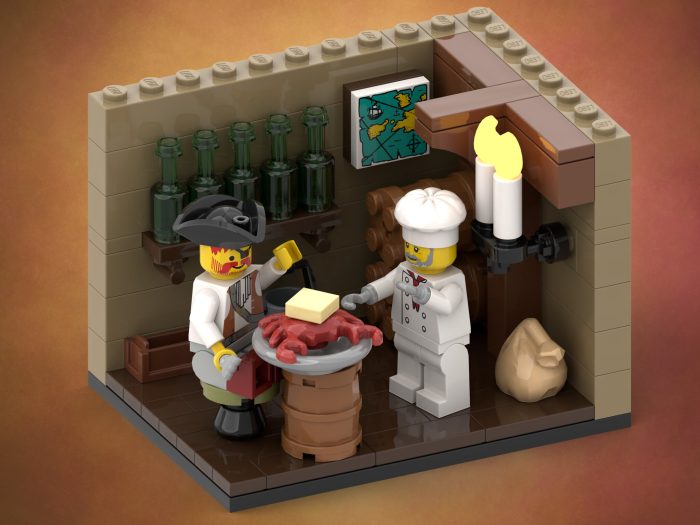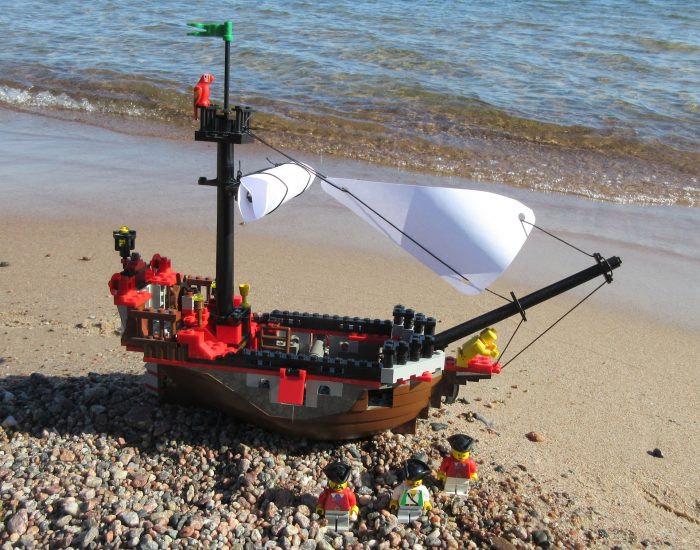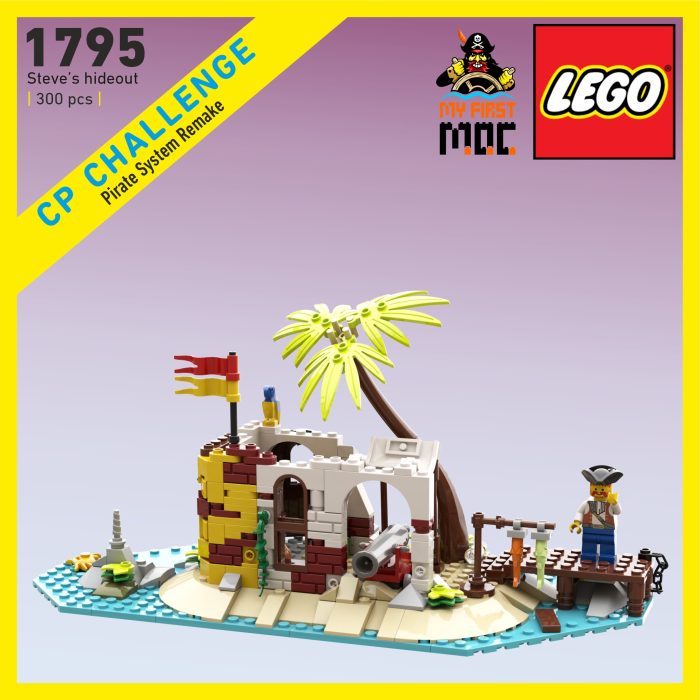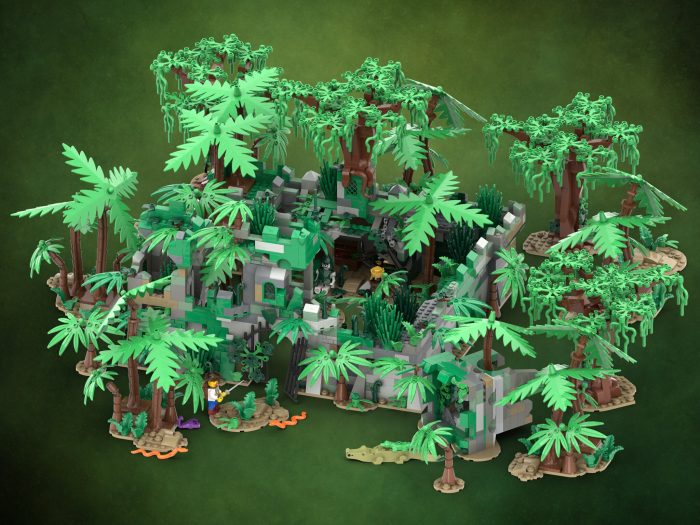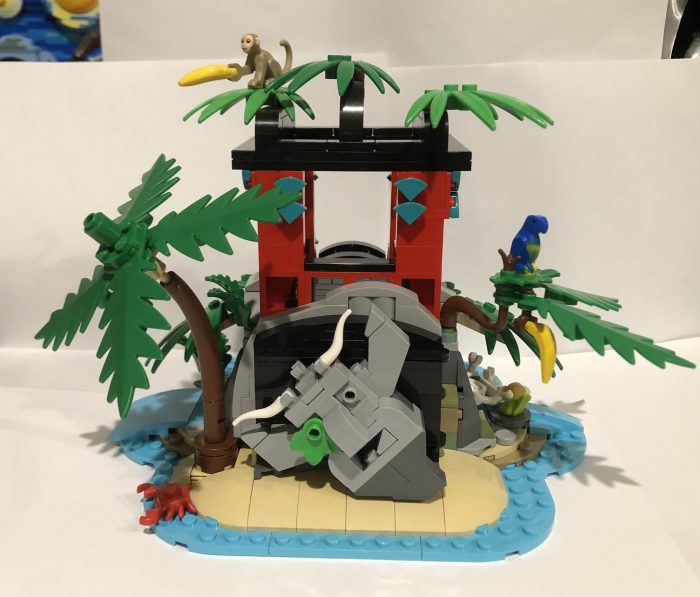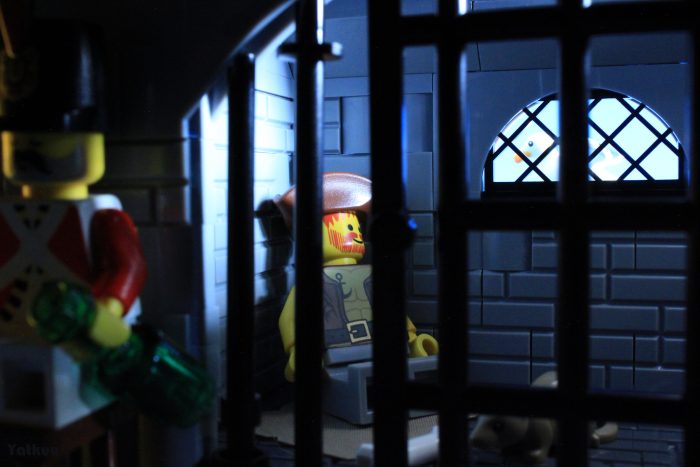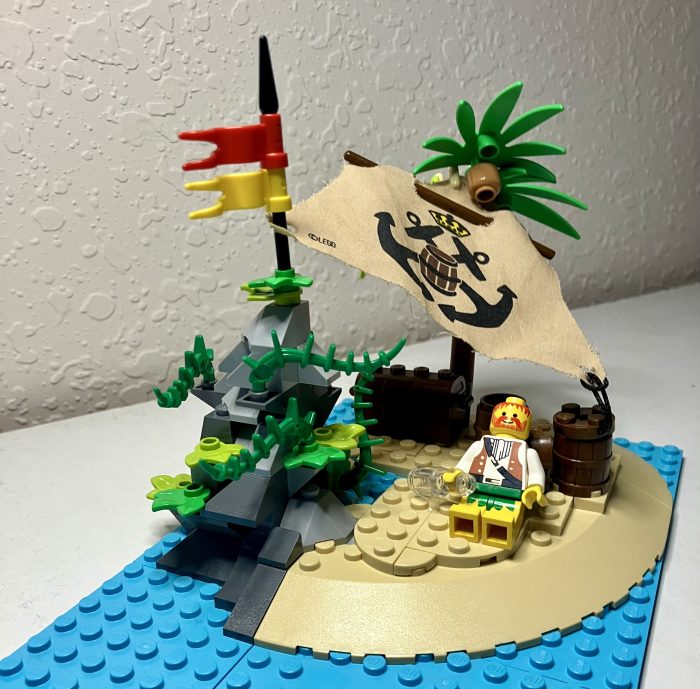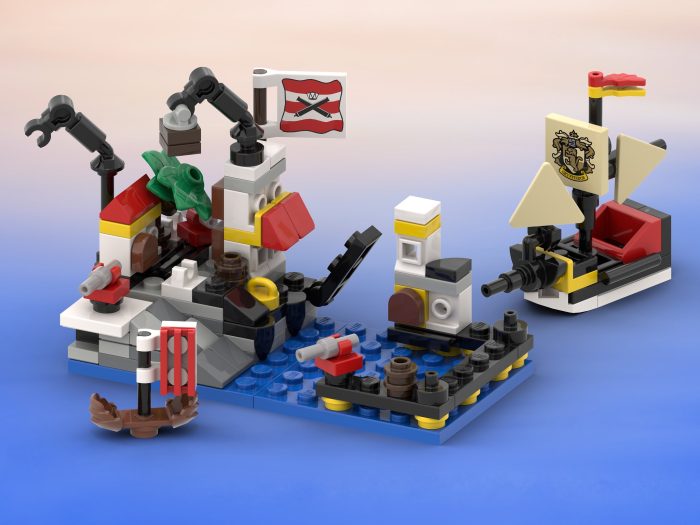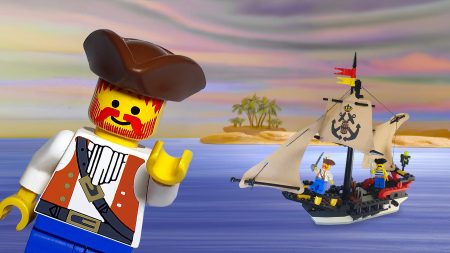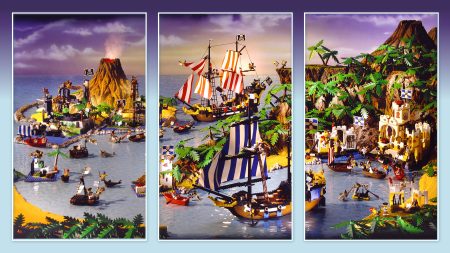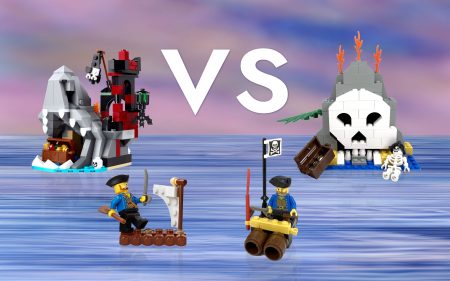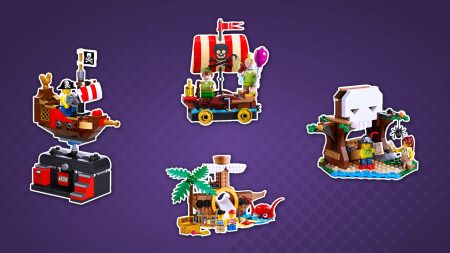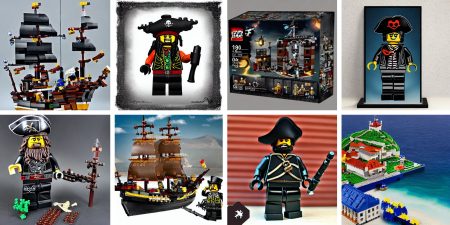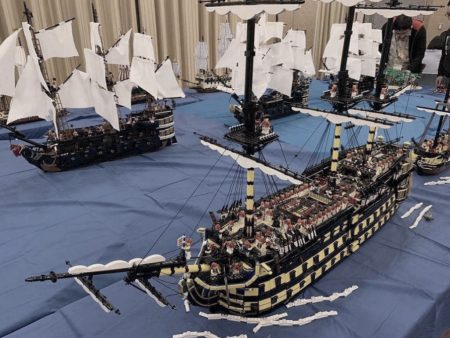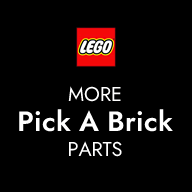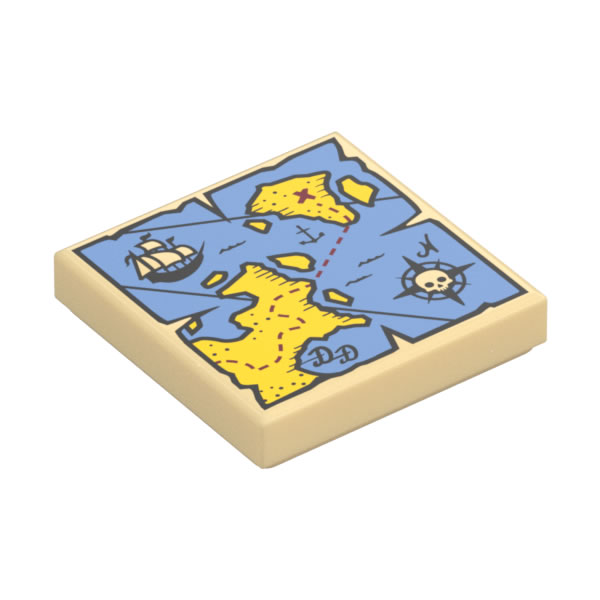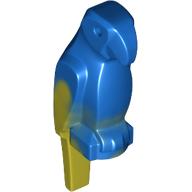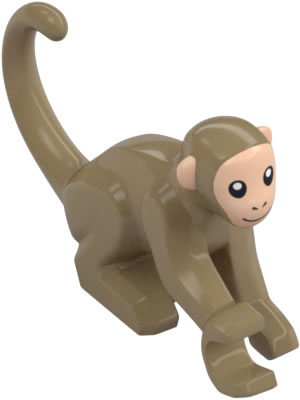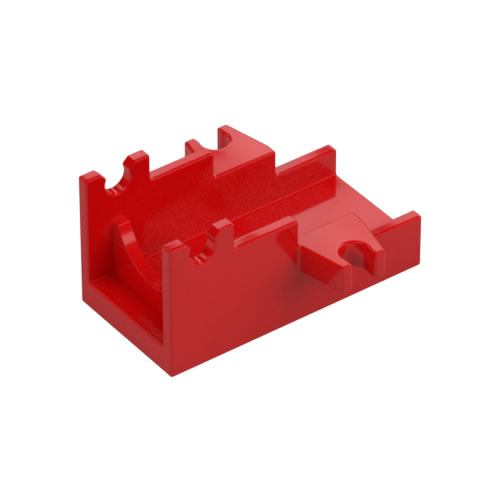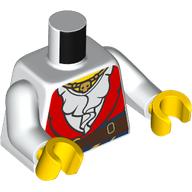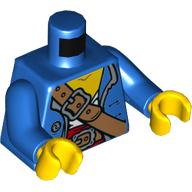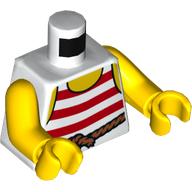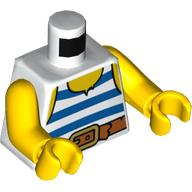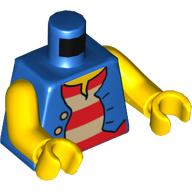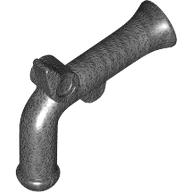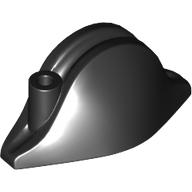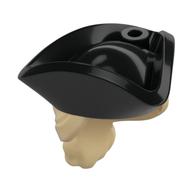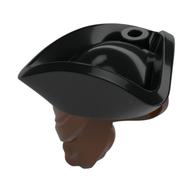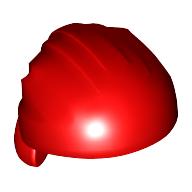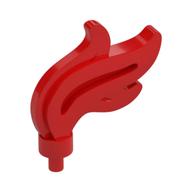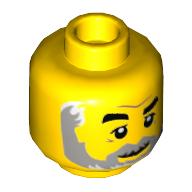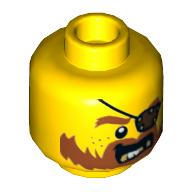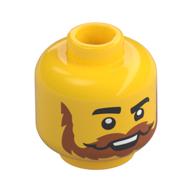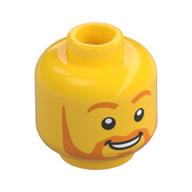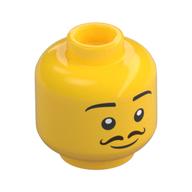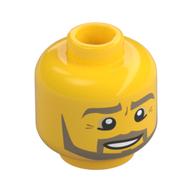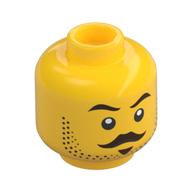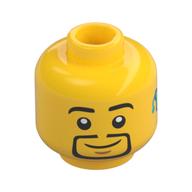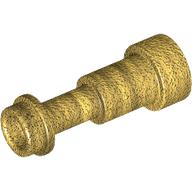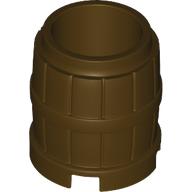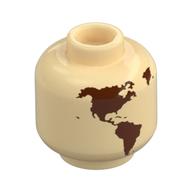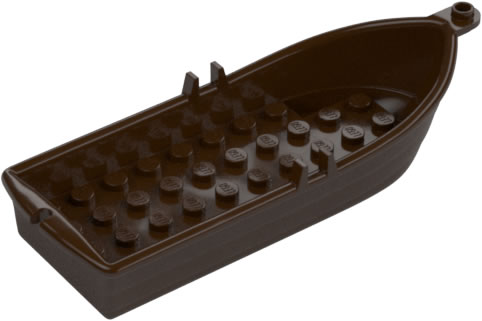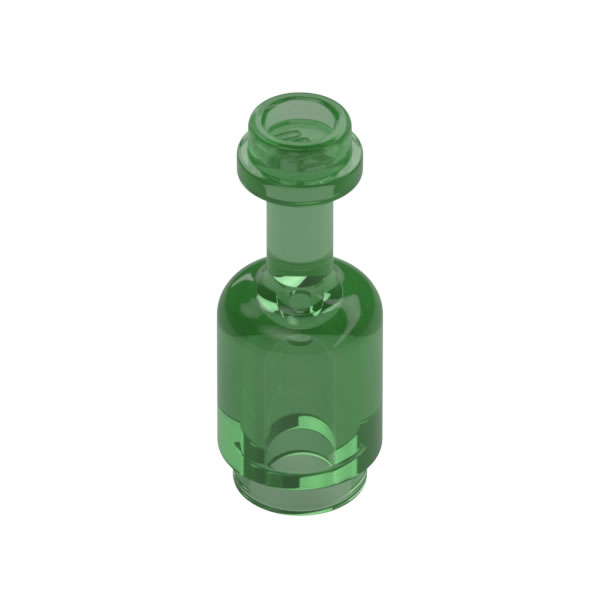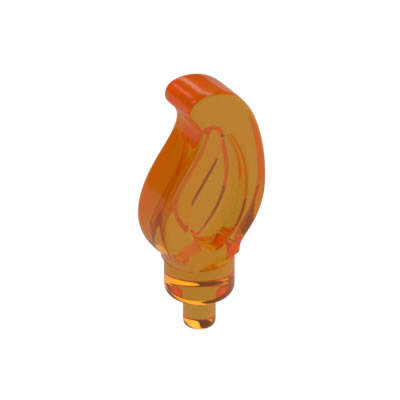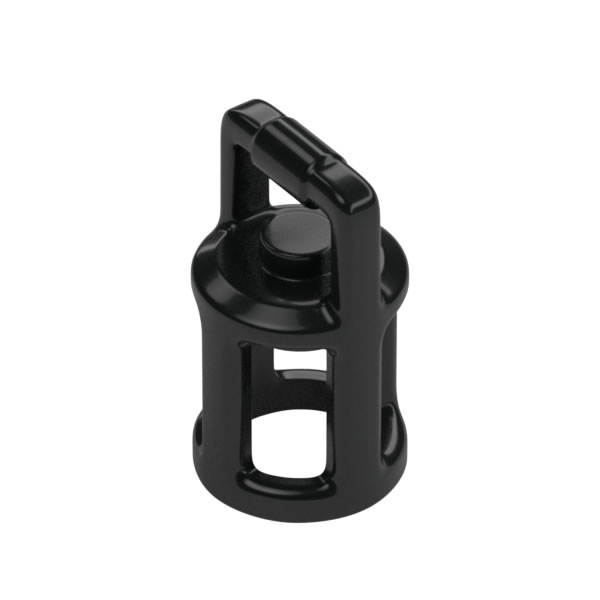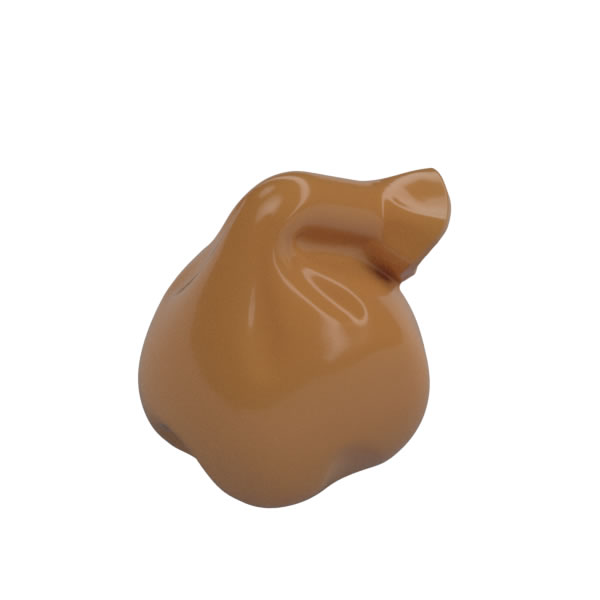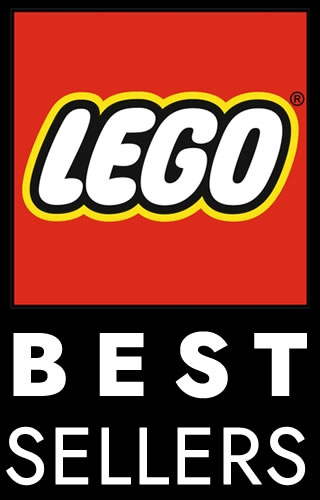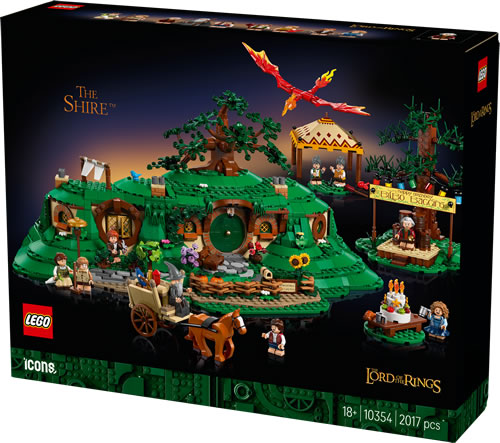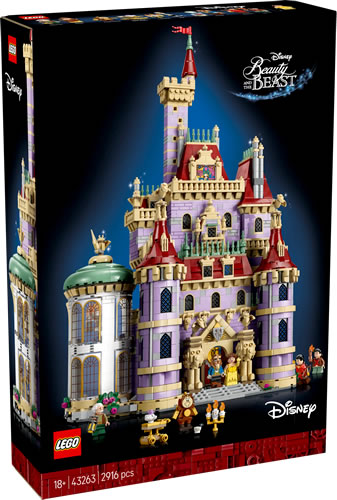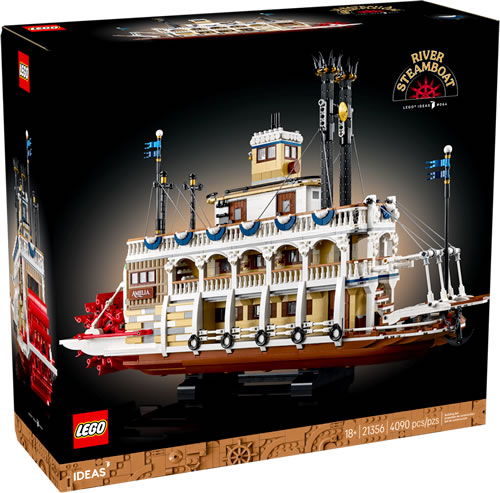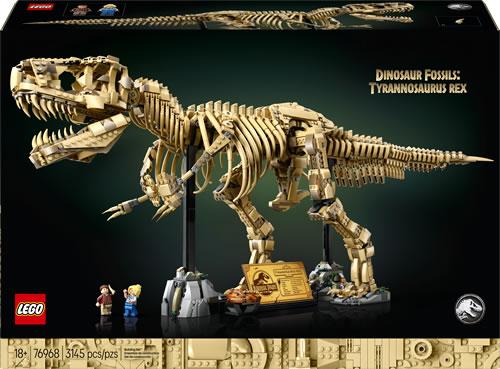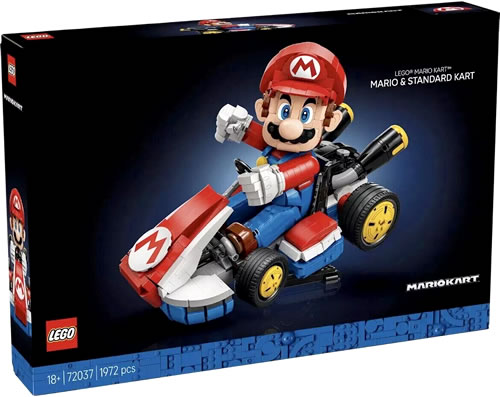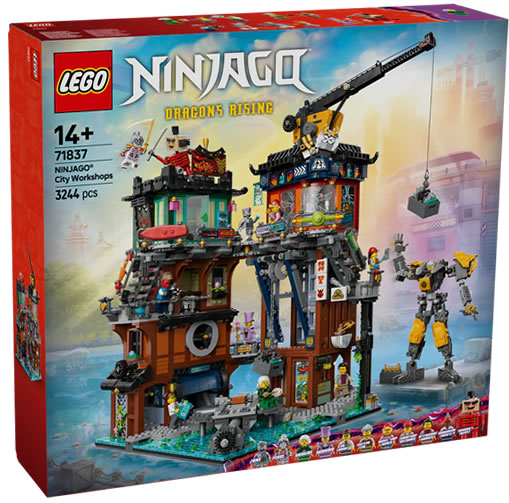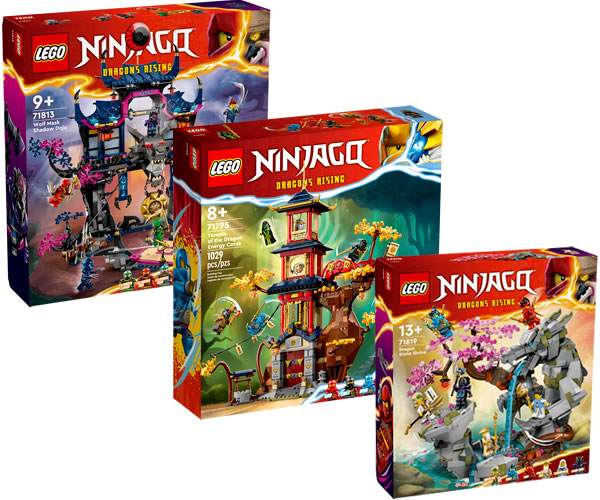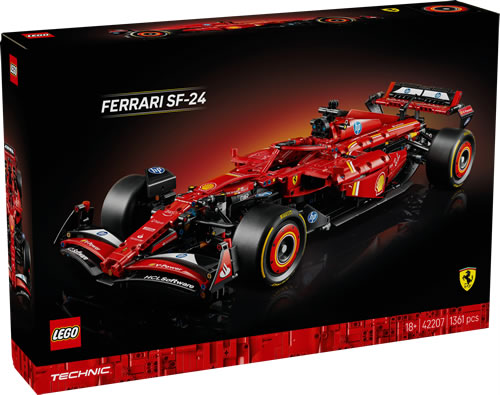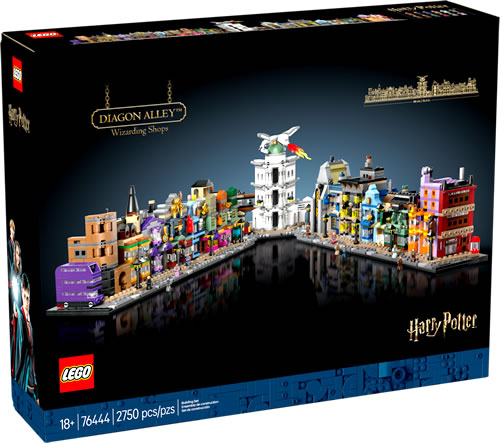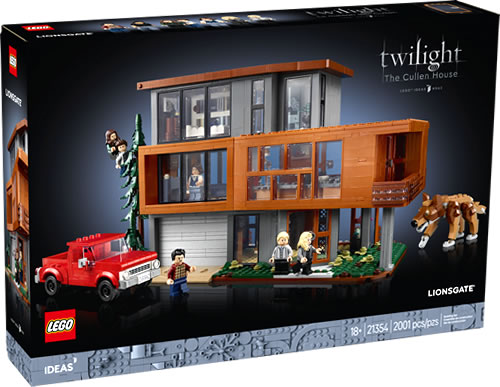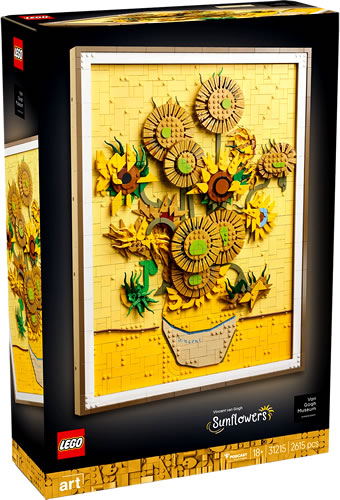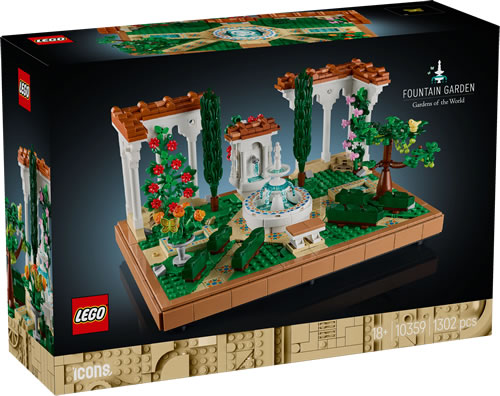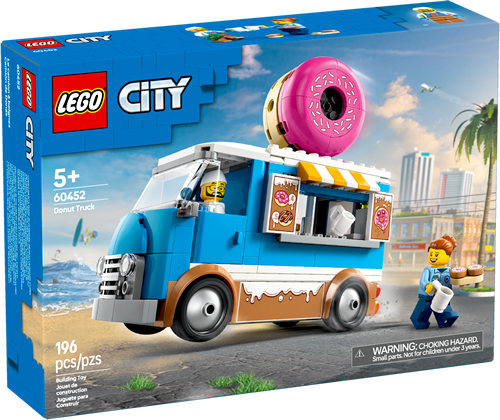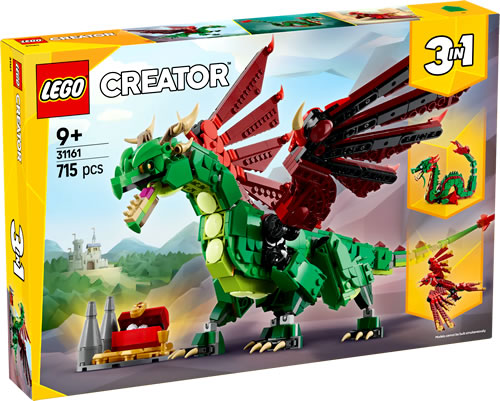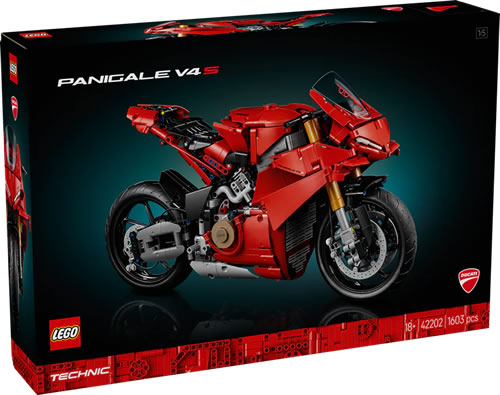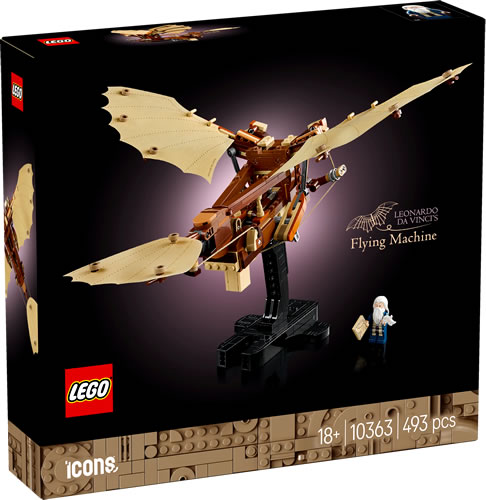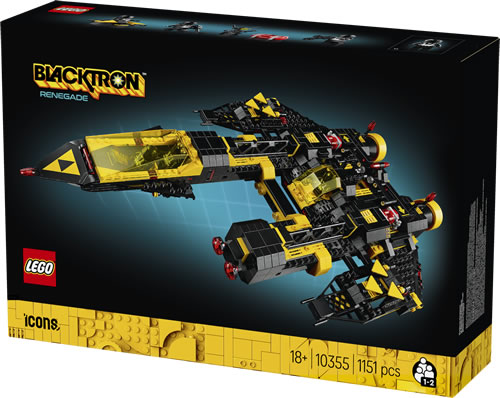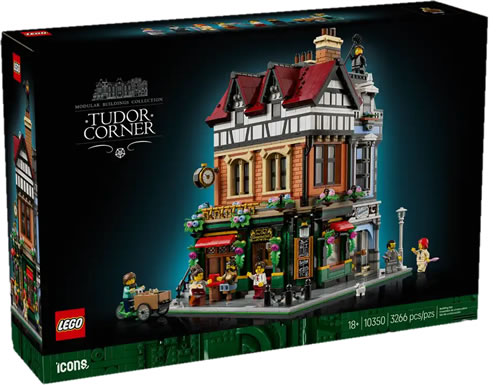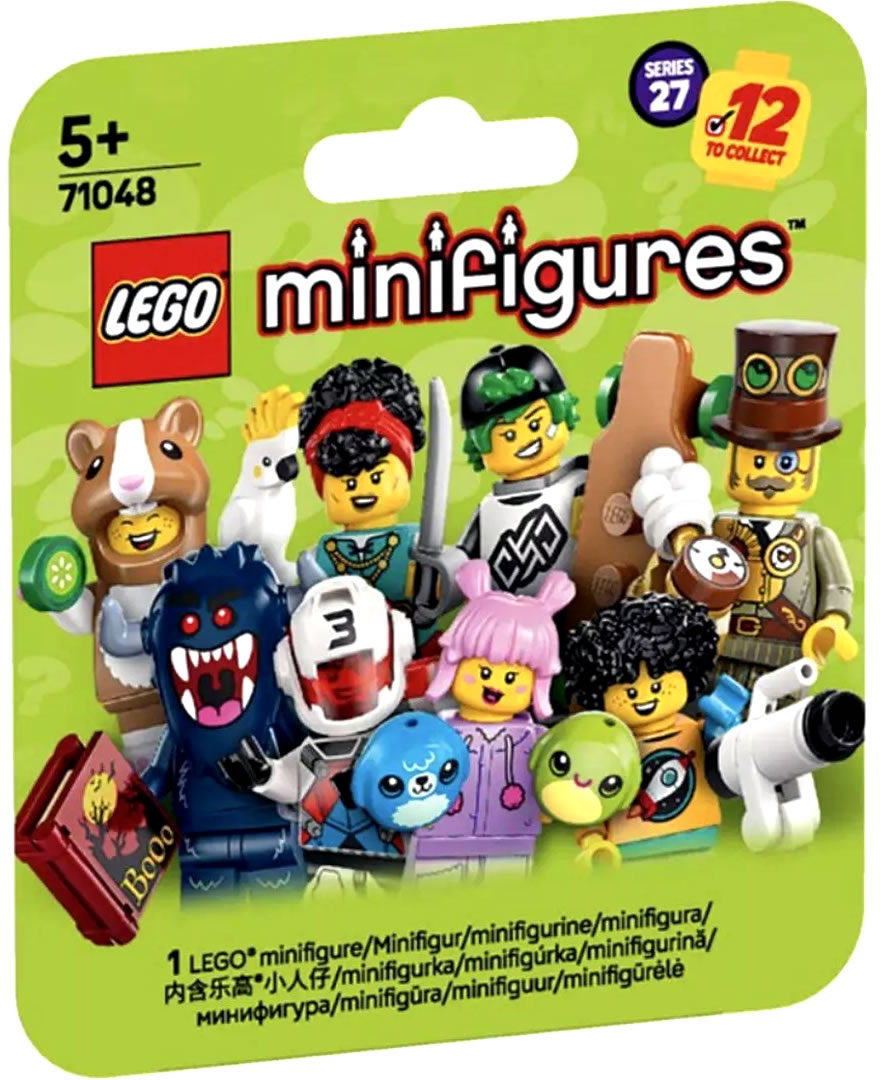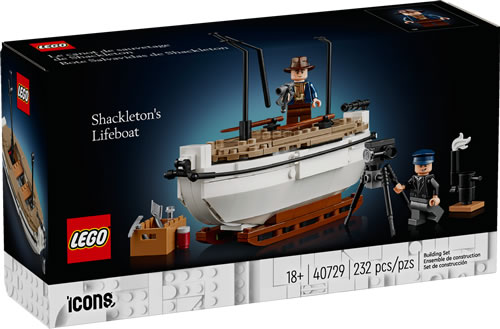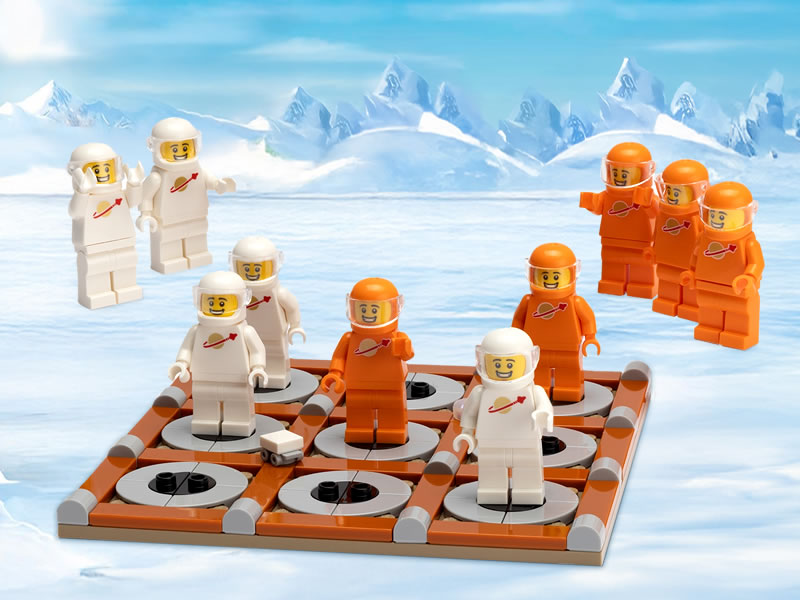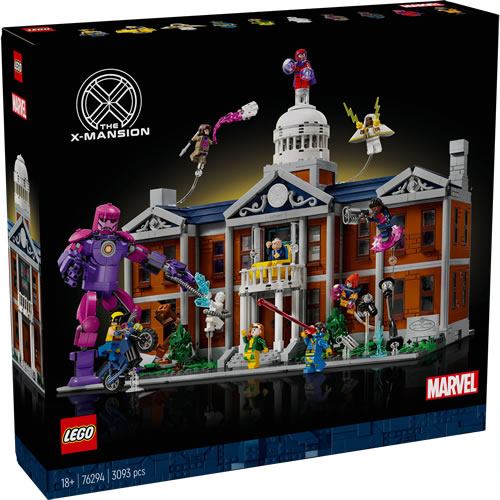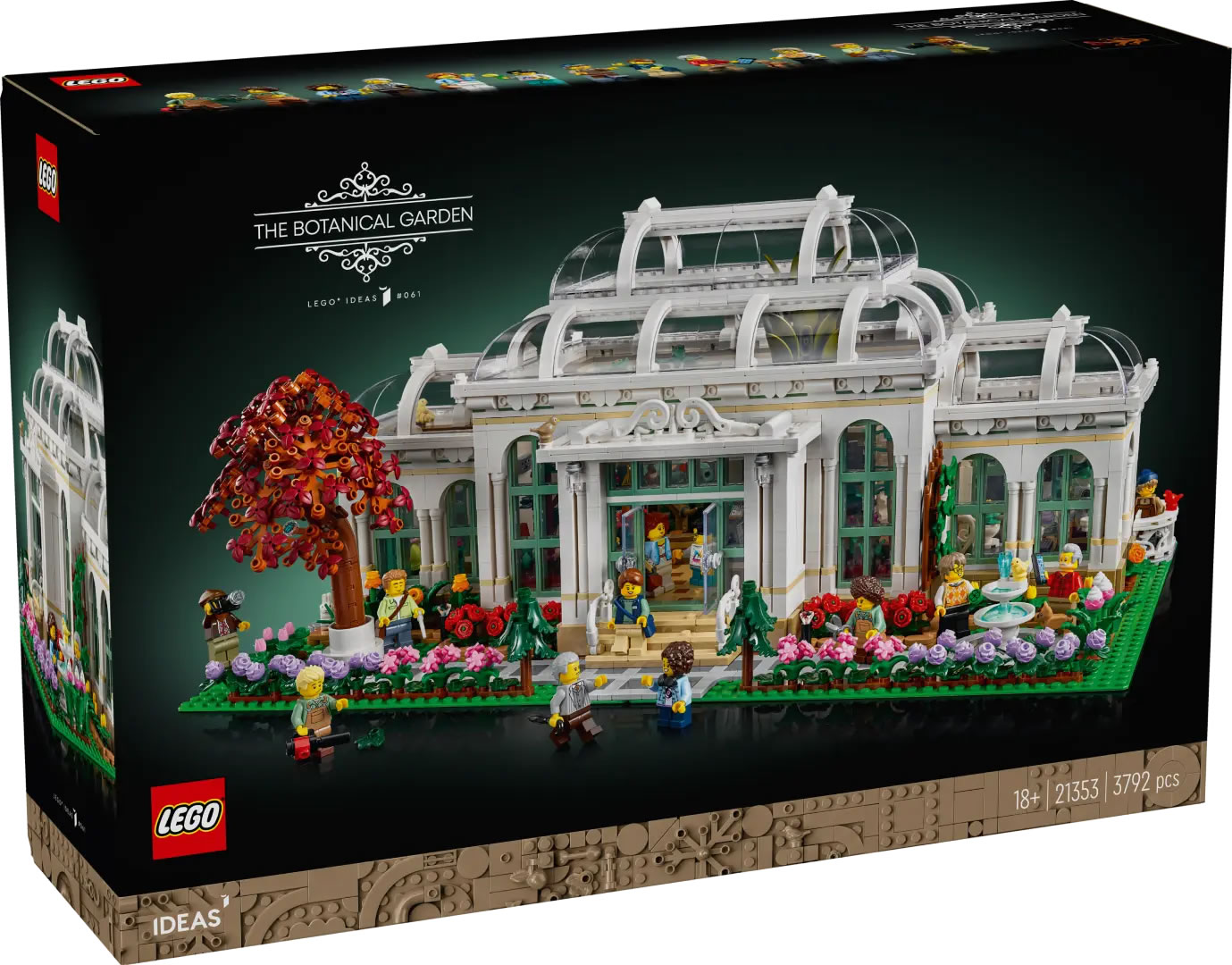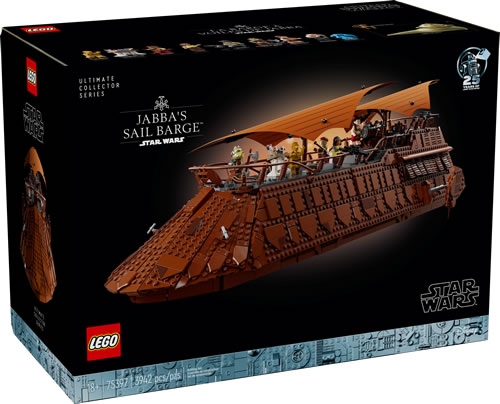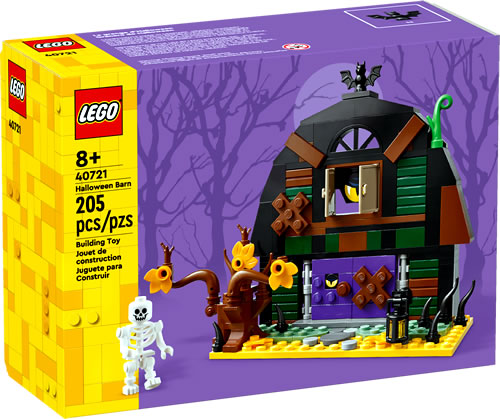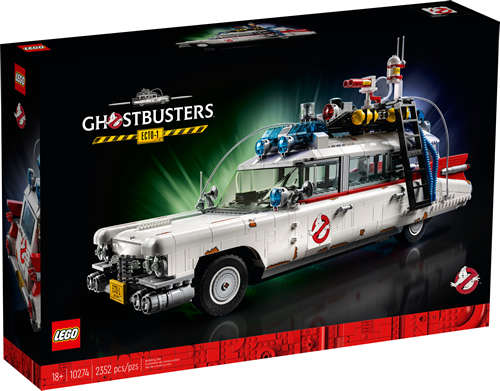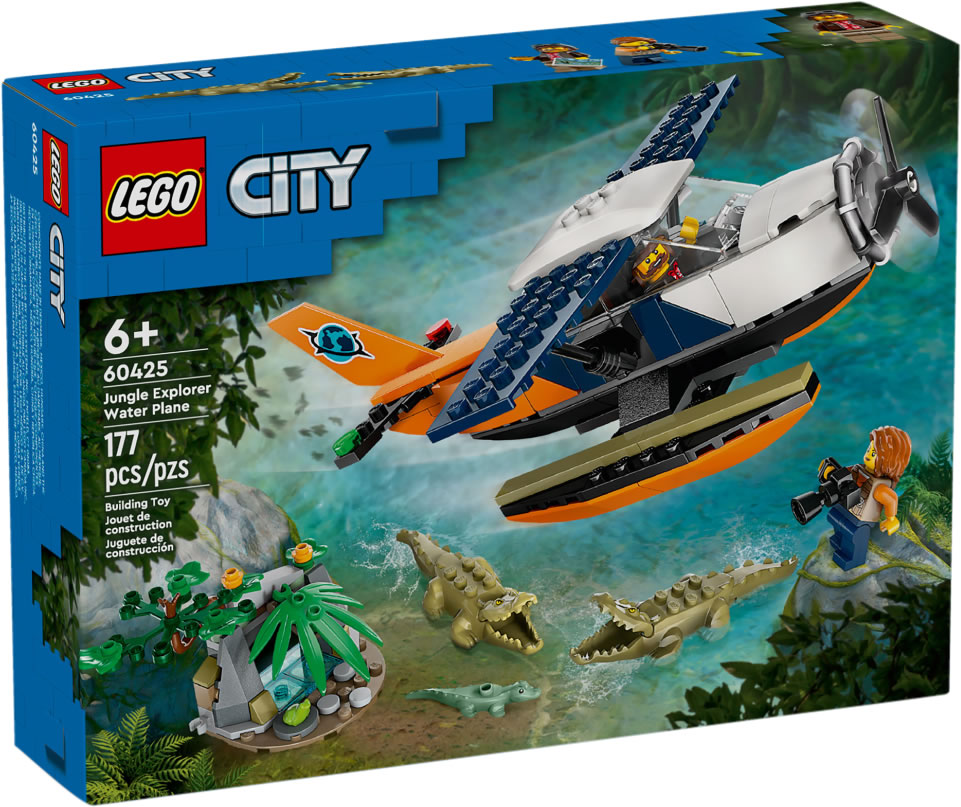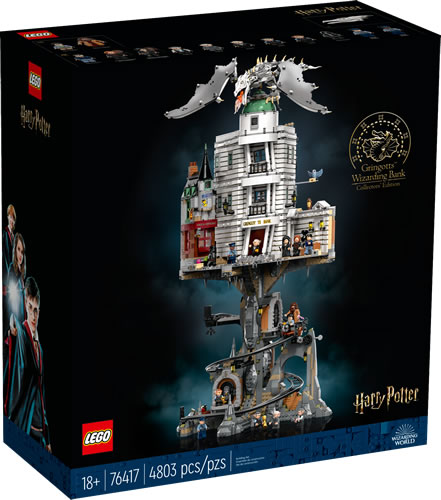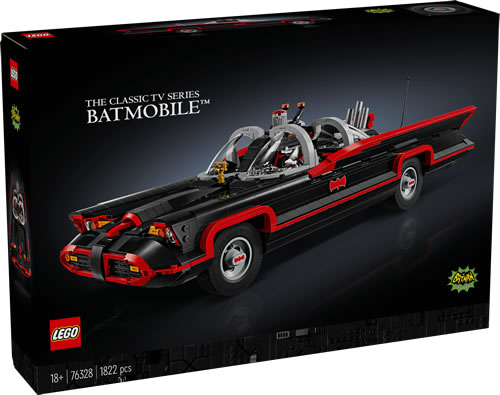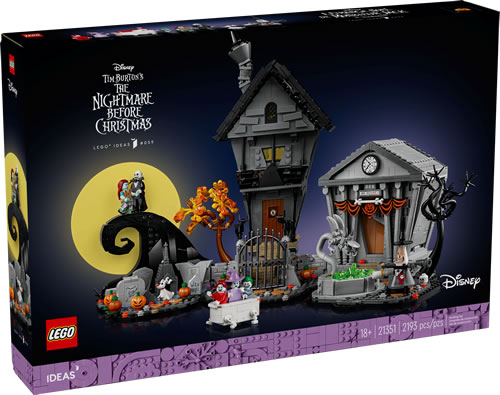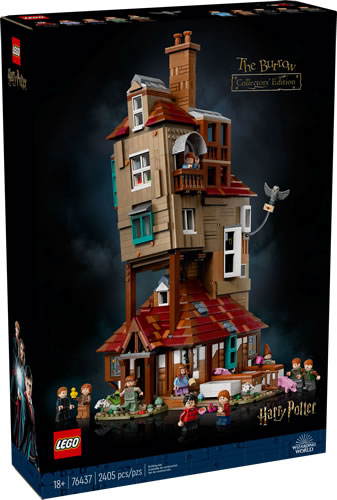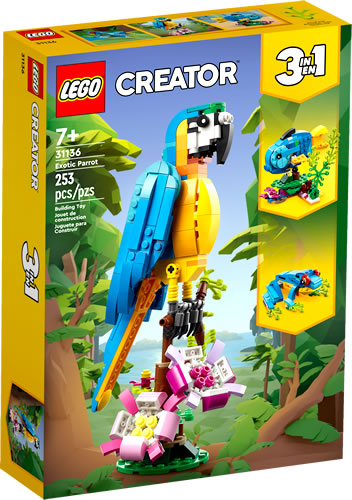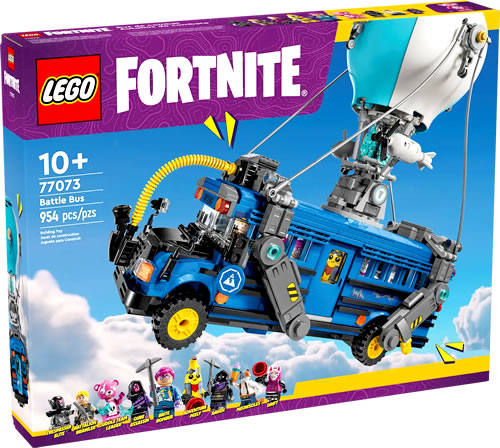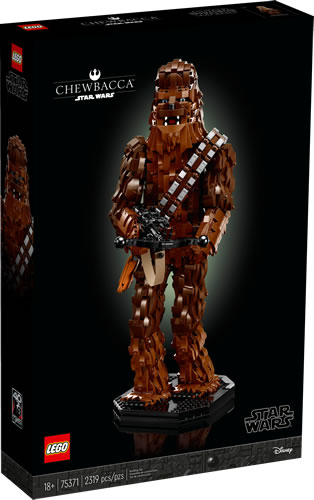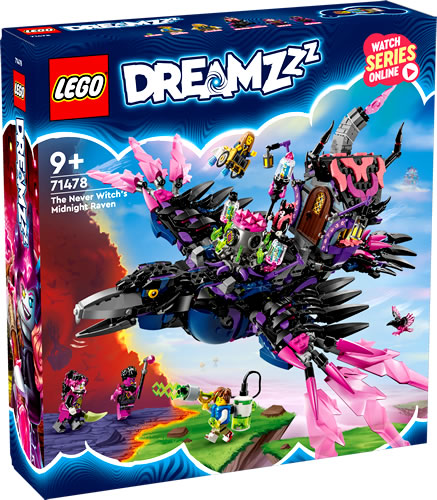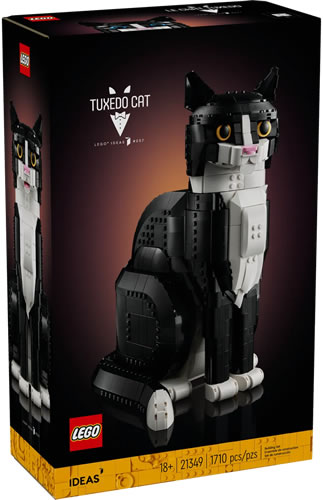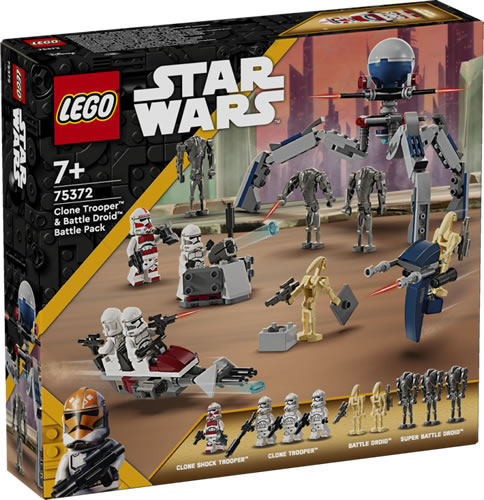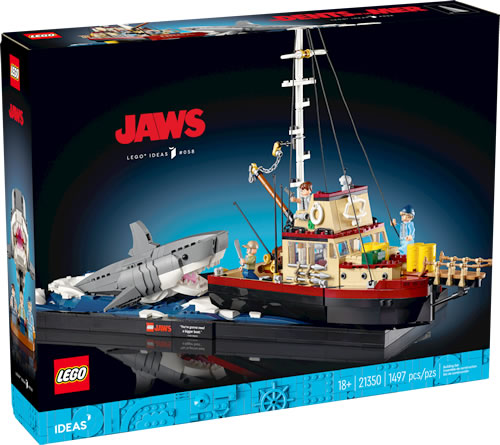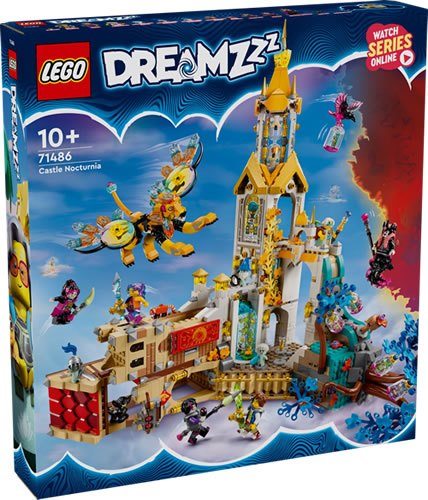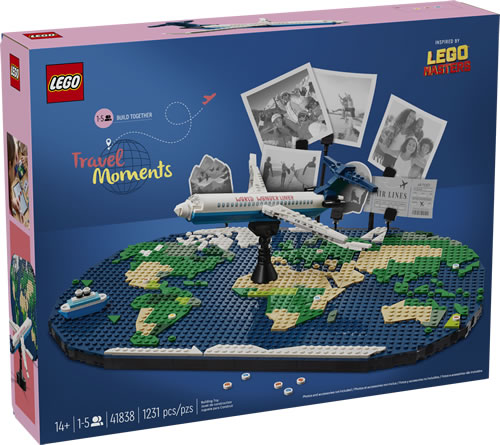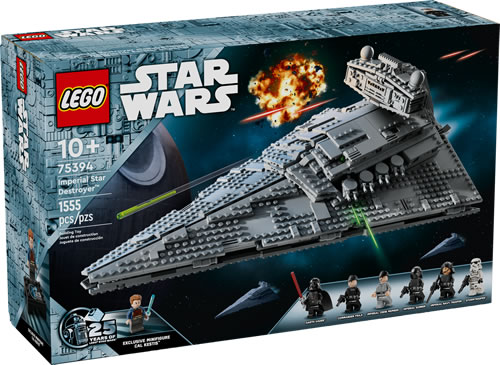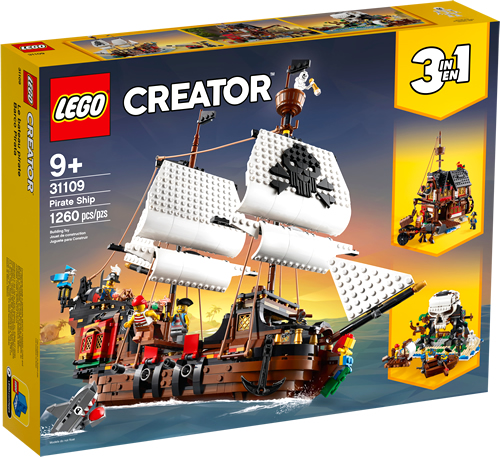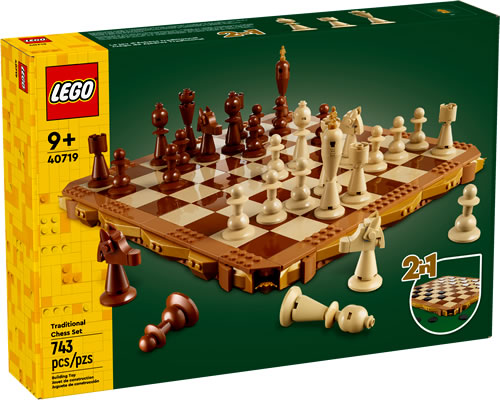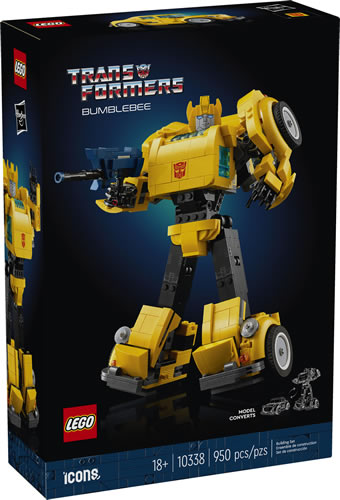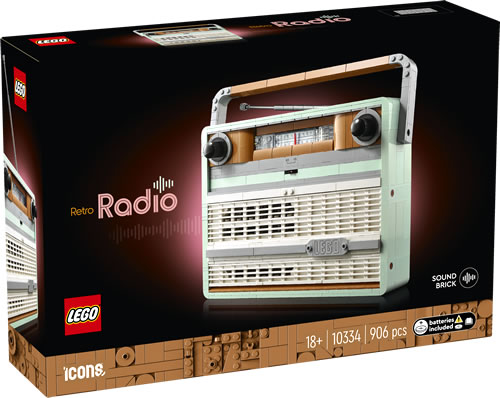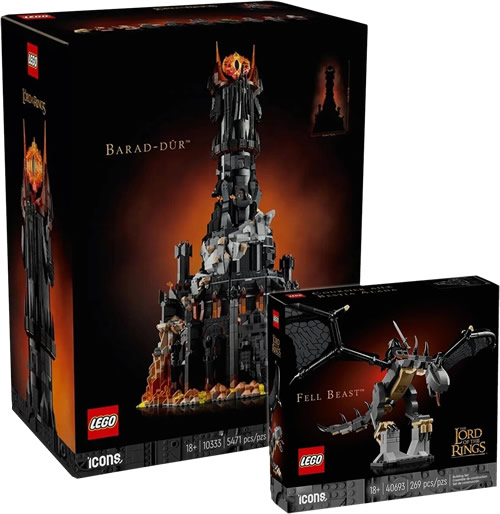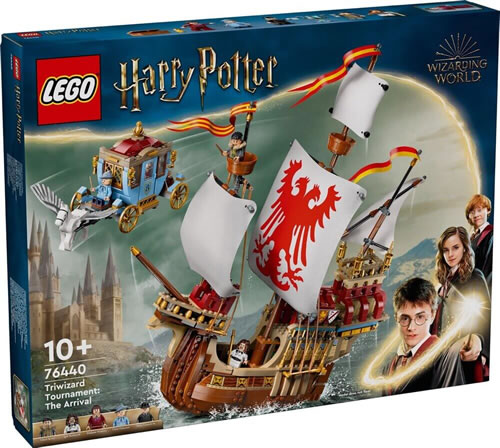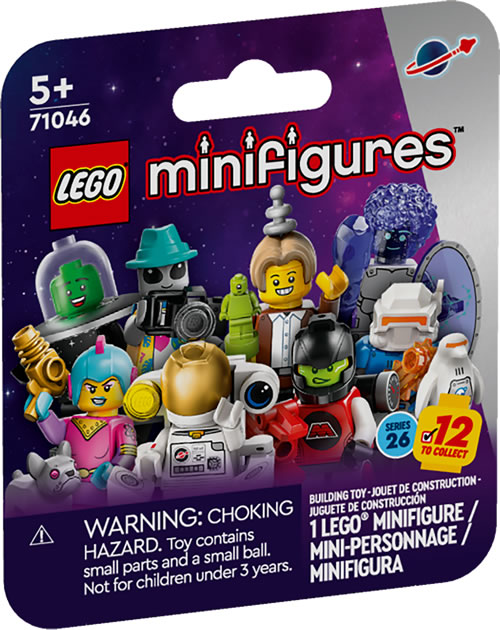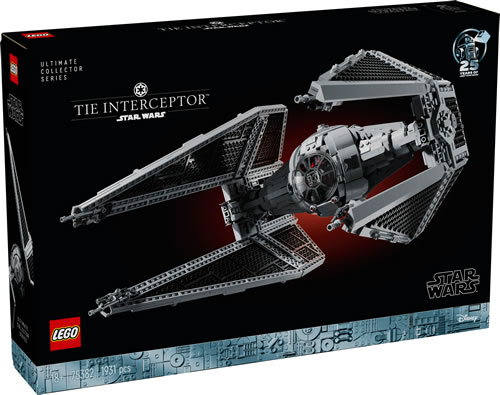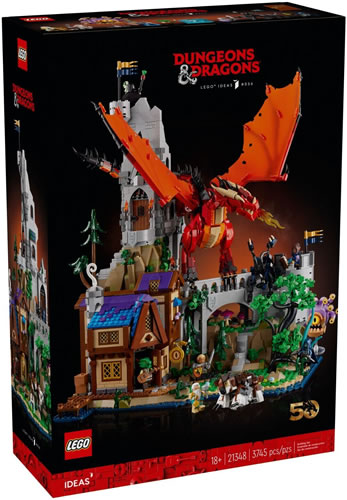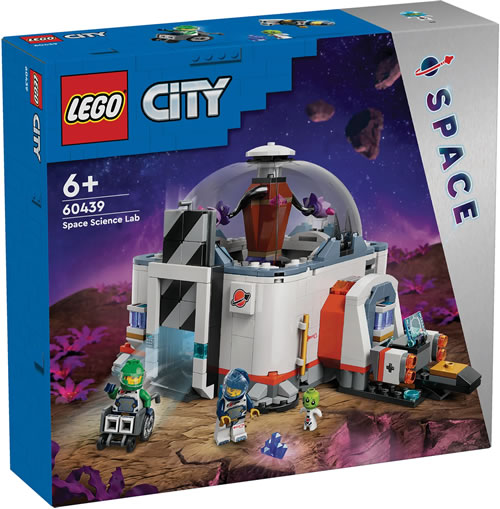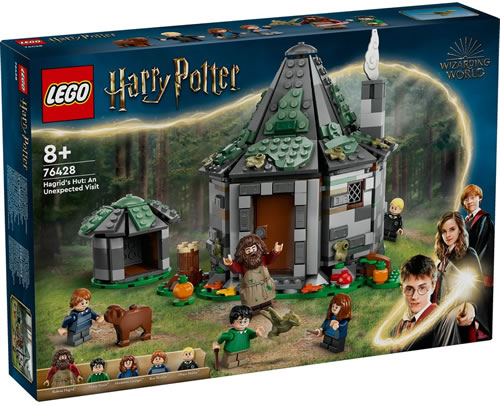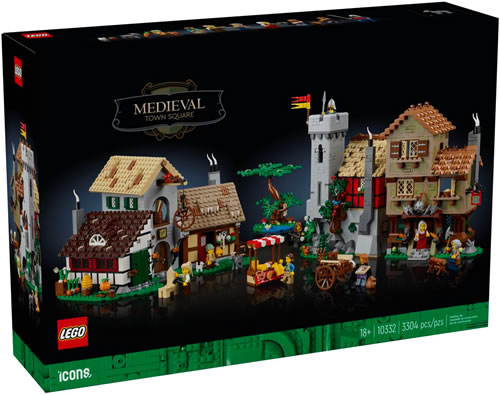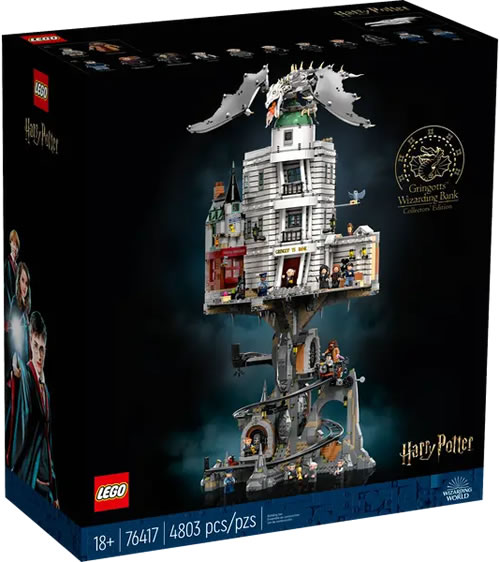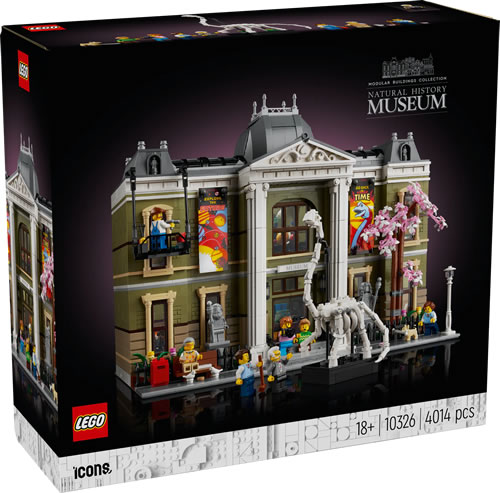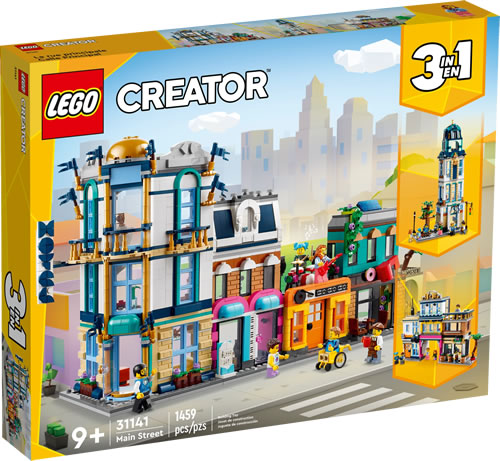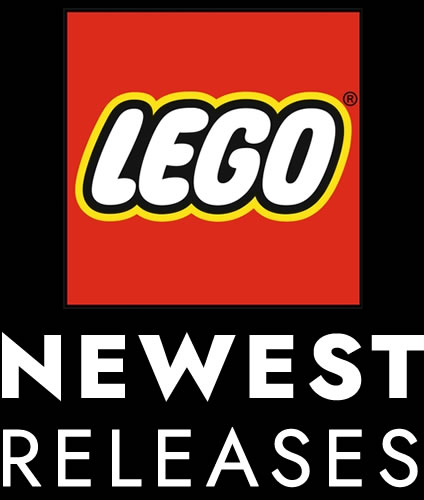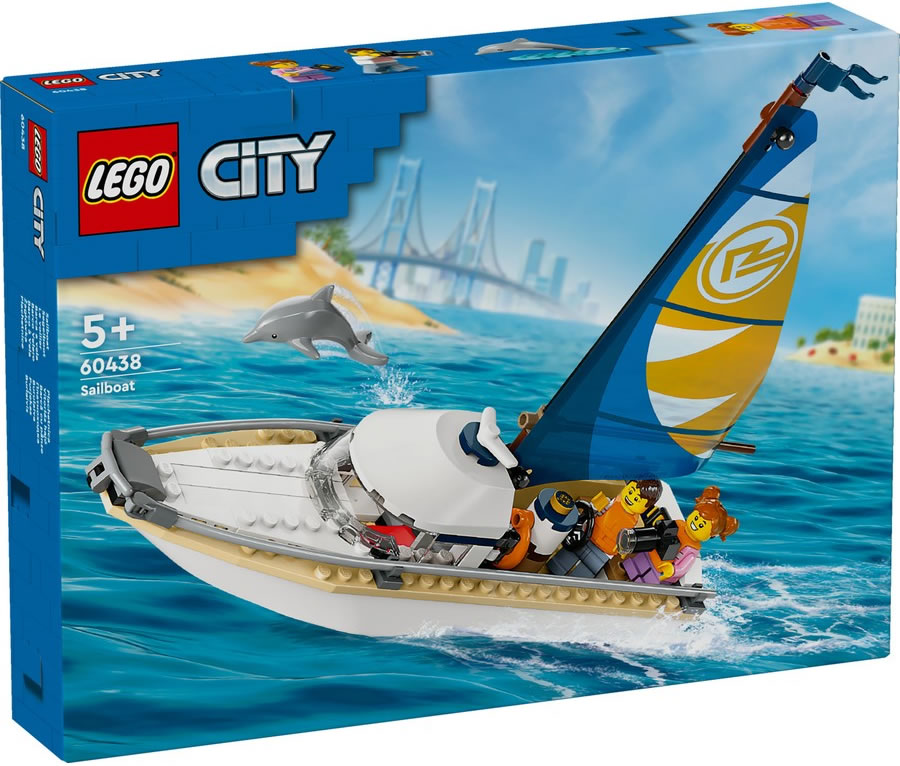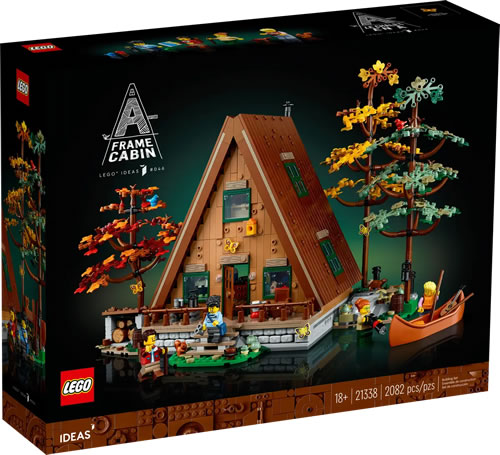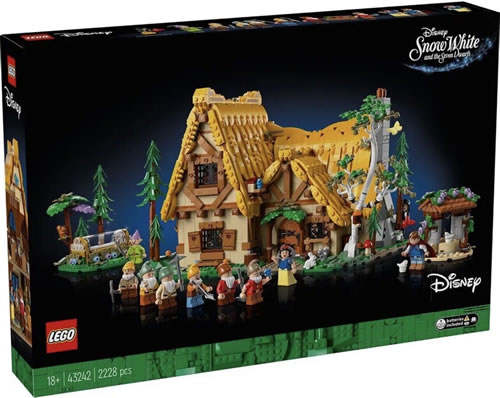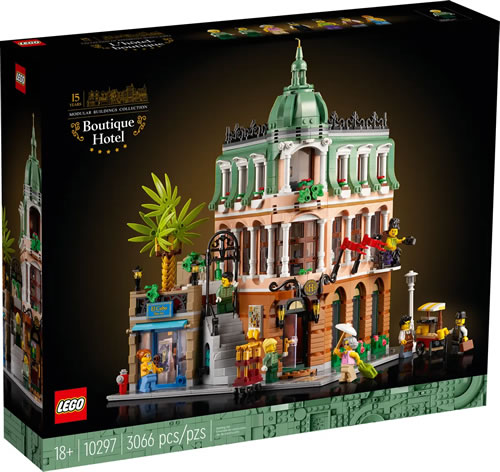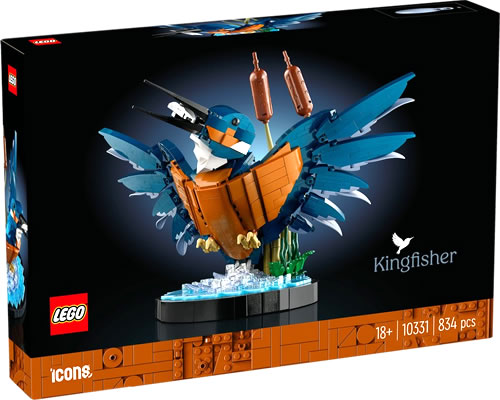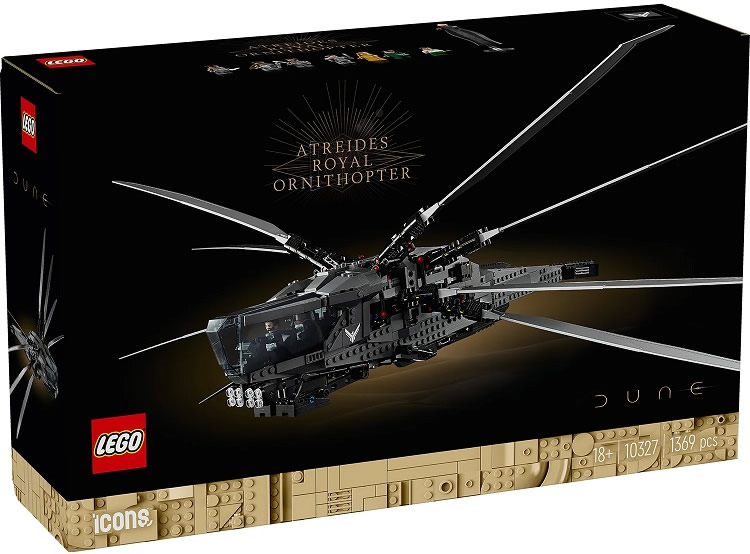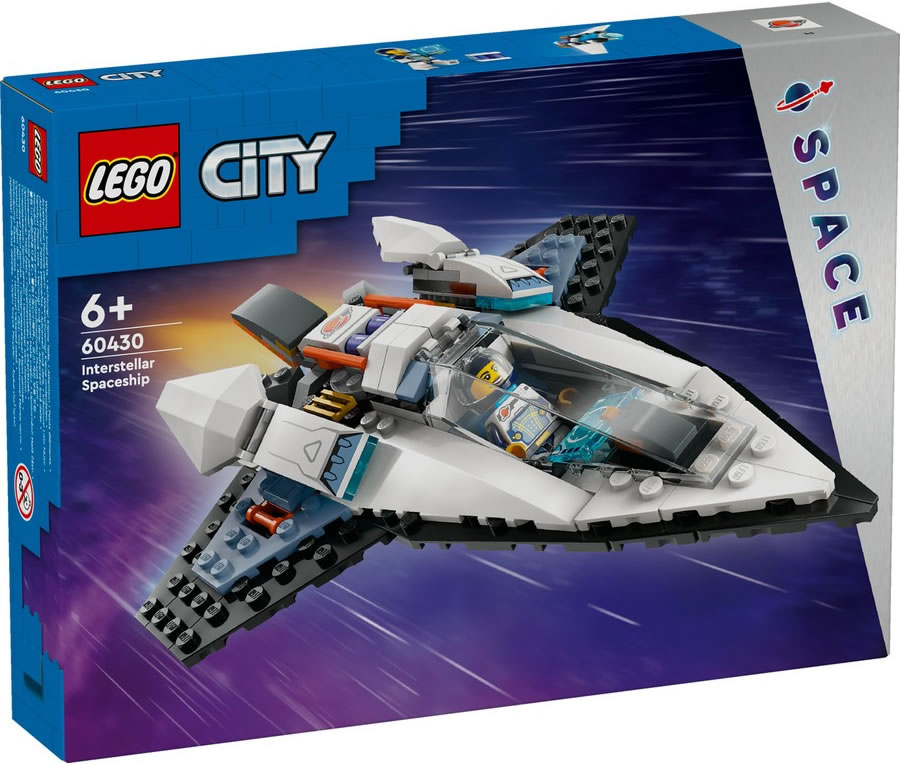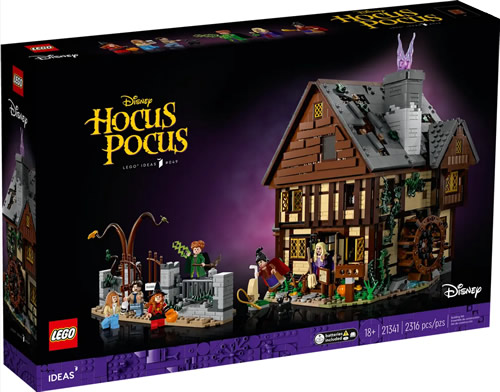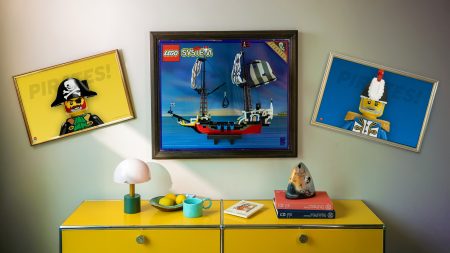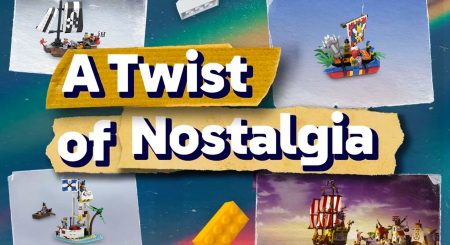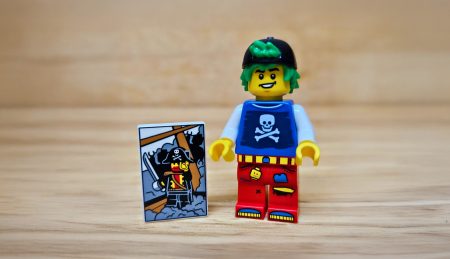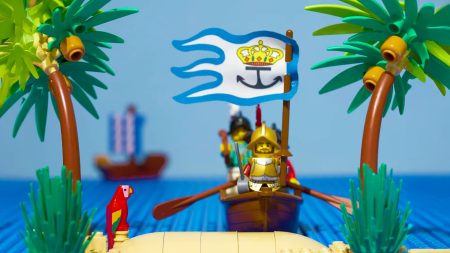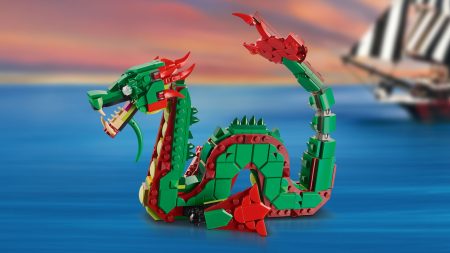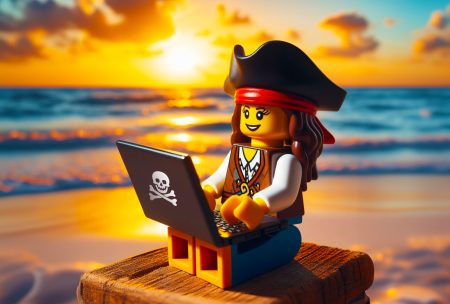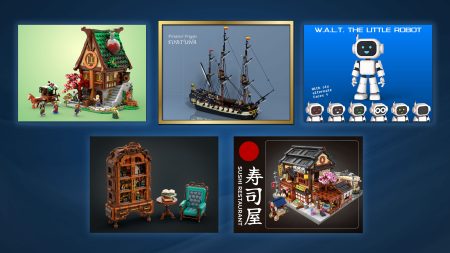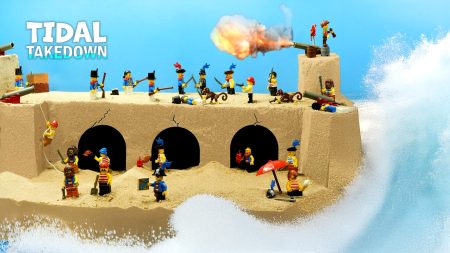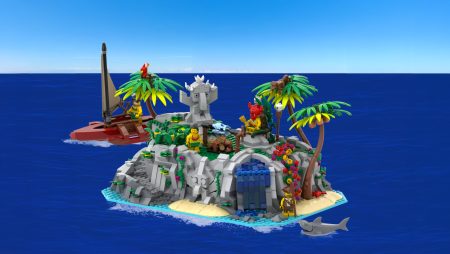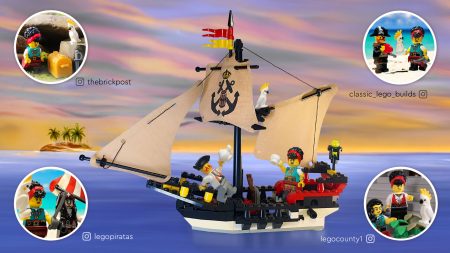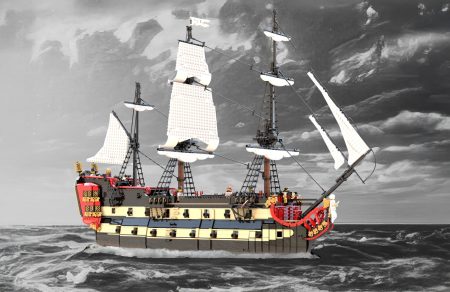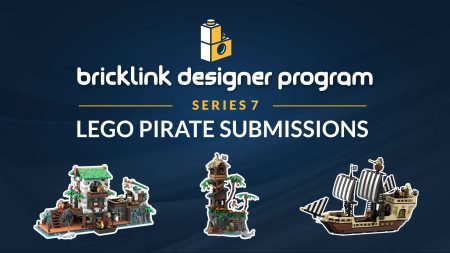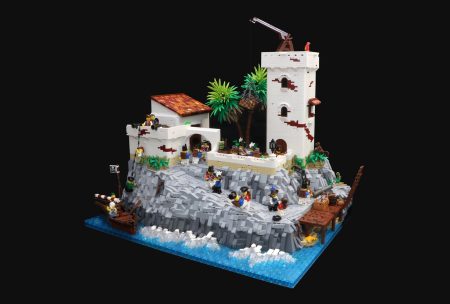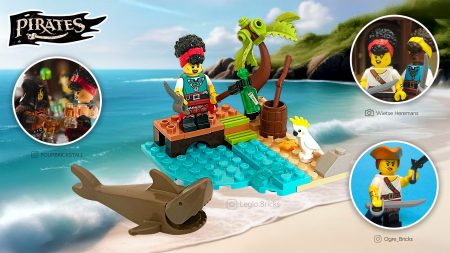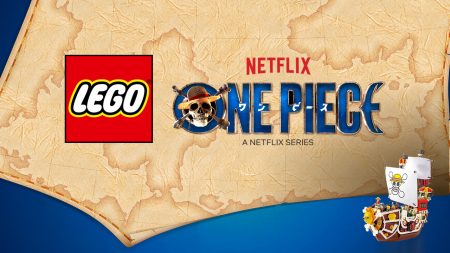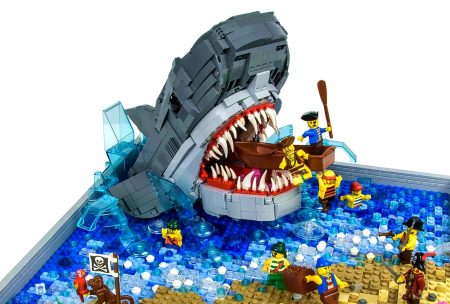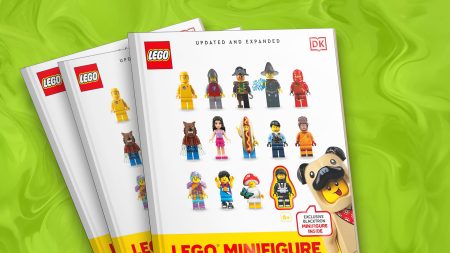A new method of creating art has skyrocketed in popularity despite sparking a steaming pile of controversy. AI Art, has apparently afforded the everyday sailor with an artistic finesse like that of an old master. And all one need do, is to enter a brief description into a computer or device… and then voila! It churns out an artistic masterpiece in whatever style or medium that tickles yer fancy, just like that!
In this multiple part series we shall boldly navigate these uncharted waters to discover whether any digital treachery is at play!
- Part I: An Introduction to AI Generated Art & its Consequences on Society.
- Part II: Vanestream’s experimentation with the Stable Diffusion Generator.
- Part III: Mister Phes’ experimentation with a variety of generators.
- Part IV: And if YOU, the reader would like to participate, we’ll explore some of your own AI Generated LEGO Pirate creations.
So bookmark this page immediately for we shall be update the above index as soon as the other posts are published!
Part I: An Introduction to AI Generated Art & its Consequences on Society
Unless yer been marooned upon a desert island for decades, yer probably somewhat aware that “AI” is an acronym for “Artificial Intelligence”. This essentially implies software which simulates a more human manner of learning and determining output based on “taught” examples.
Over the years it’s been employed in a myriad of applications, such as Chatbots and Call Center Operators, but in more recent times it’s been crawling into visual mediums like film. Deepfake technology for example, is becoming more commonplace within the movie industry, to de-age crotchety old actors so the youthful visage of their glory days can more effectively tantilize your memberberries.
And now the latest craze (or is that concern?) is seemingly professional artworks generated by Artificial Intelligence, with the bare minimum of effort.
So let’s look at some Non-LEGO, yet Piratey Examples:
Aye, we now dare to investigate what has sparked the hubbub with some AI artworks focused upon pirates, while avoiding being overly specific towards the medium… I.e. LEGO.
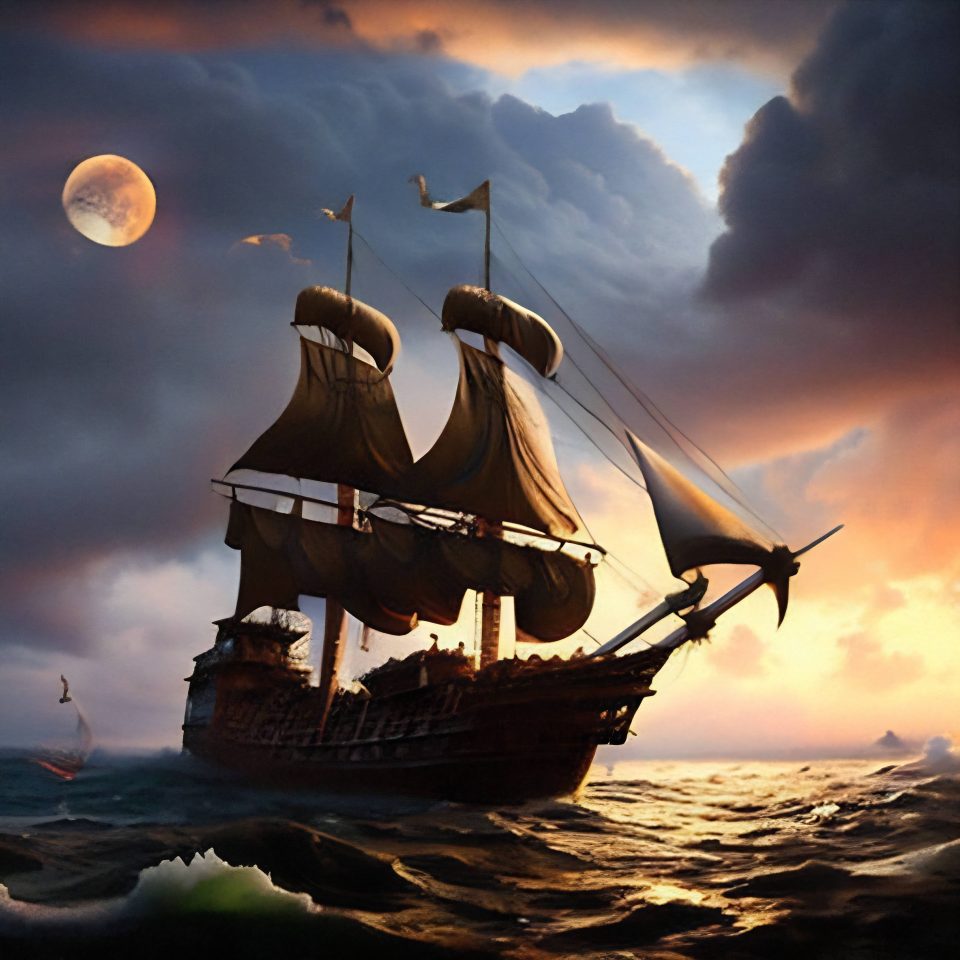
A painting of a pirate ship generated by neural.love – which doesn’t credit who entered the prompts
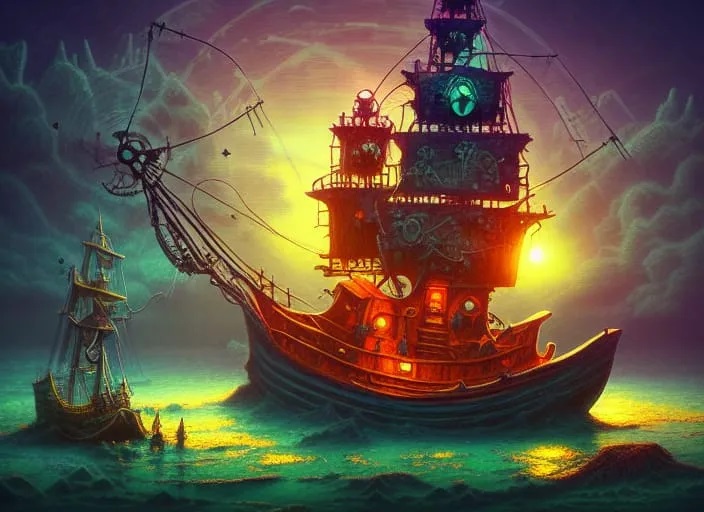
A pirate ship generated by AorE in Night Cafe who did not see fit to share the prompts
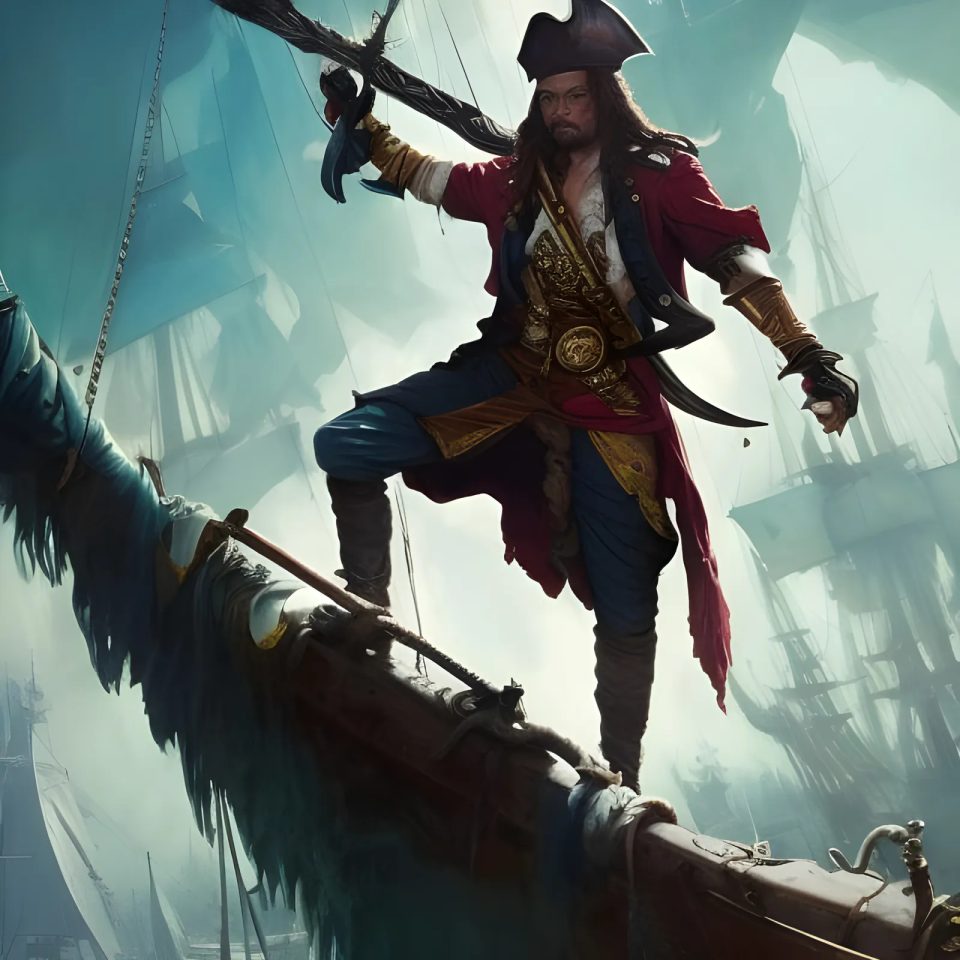
A pirate generated by Adansito in Night Cafe using the prompt: A fierce pirate captain standing on the bow of a ship, with a sword in one hand
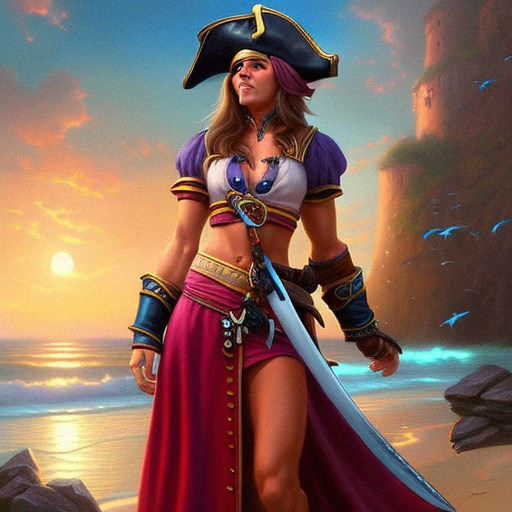
They do pirate wenches too – look out Robin Loot!
Prompt “Pirate Wench” entered into neural.love
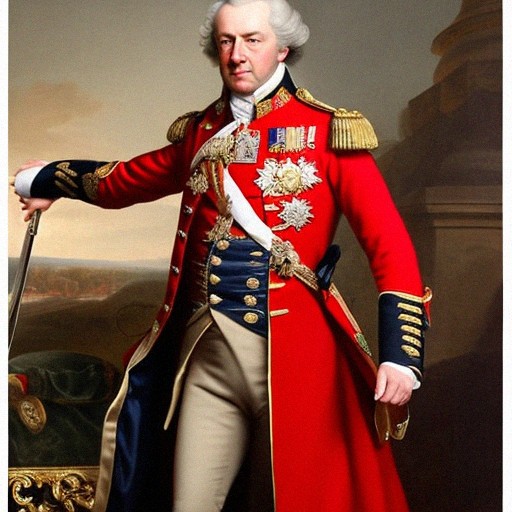
Imperial Guards are no problem either!
Prompt “18th century imperial british red coat general” entered into neural.love
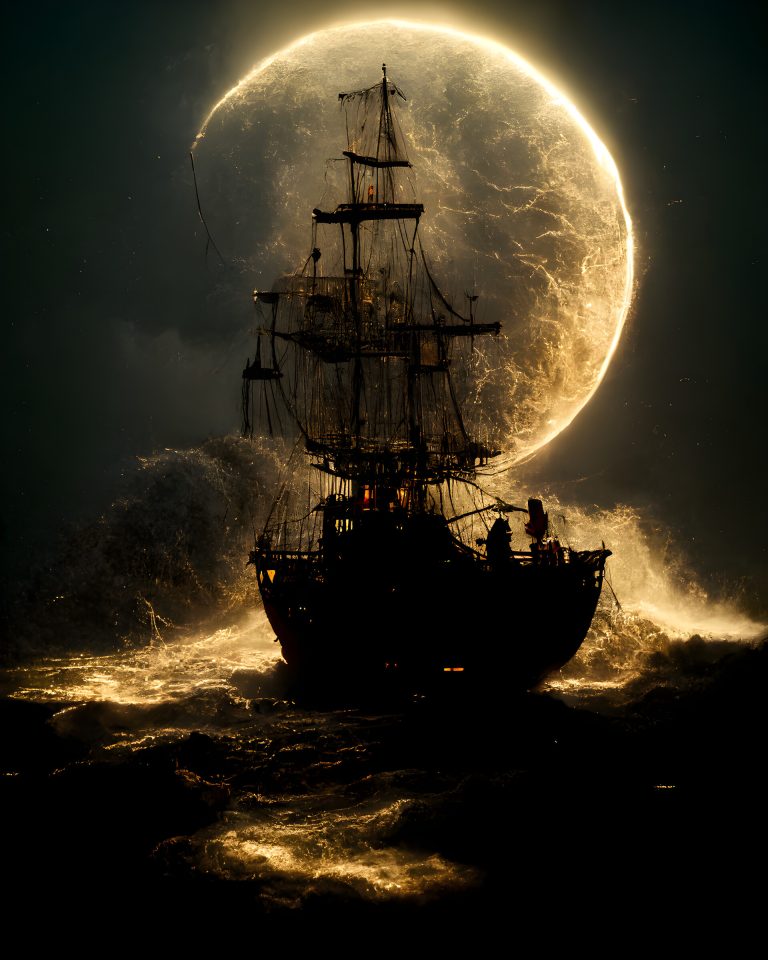
A ship sailing into a liquefying moon generated by Marc Virgili in Midjourney
using prompt: Night at Sea
What is an AI Text-to-Image Generator?
Now we’ve taken a gander at the machinations of some generators, let’s explore the basics of how a typical AI Text-to-Image Generator conjures its mess magic…
AI text-to-image generators often make use of a machine learning technique known as artificial neural networks that can receive input in the form of text or words, from which they digest to generate images. The process takes a few seconds, but if you’re using a free service, the generator may deliberately dilly dally as an incentive to make you pay for a faster service.
Before neural networks can be reliably deployed, they require an immense amount of training. Like a young whippersnapper discovering the connection between words and objects for the first time, AI generators must undergo a similar process. But being powered by computers, they achieve it at a much faster rate while consuming vastly more data. In fact, some process billions of images from which they can draw influence at any given moment.
Different types of text-to-image AI models have evolved over the years but the two more common are:
Generative Adversarial Networks (GANs)
Earlier iterations of AI-generated images relied upon Generative Adversarial Networks. In the GAN model, two neural networks compete. The first network, the generator, creates imagery, while the second network, the discriminator, must determine whether or not the imagery is real or fake.
They battle it out and if the discriminator approves of the generators realism, hey presto! You’ve got yourself the AI image you requested!
Diffusion models
In recent times, Text-to-Image AI models have been migrating away from GANs and towards diffusion models.
Diffusion models are trained with billions of images, each labelled with keywords that described the image to establish the “learn” relationship between text and image. During the process, the network also learns to infer other conceptual information like which colours or elements would cause an image “feel” as though it was created by a particular artist or technique. The more images they process, the more accurate their image generations become.
After they’ve been trained, the models learn to accept text prompt from the user, to first create a low-resolution image, and then gradually incorporating more details to beef it up into a complete rendering.
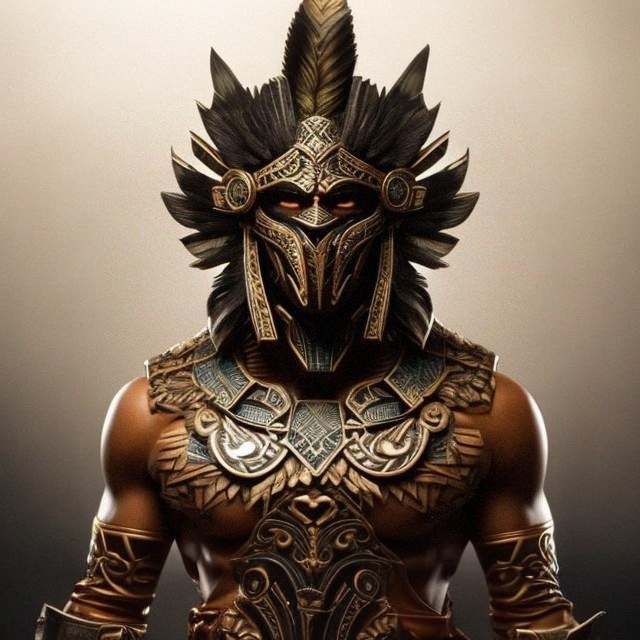
“Curses” roars King Kahuka – their power also generates island warriors!
AI Art generated by neural.love with prompt “Island warrior in Polynesian mask”
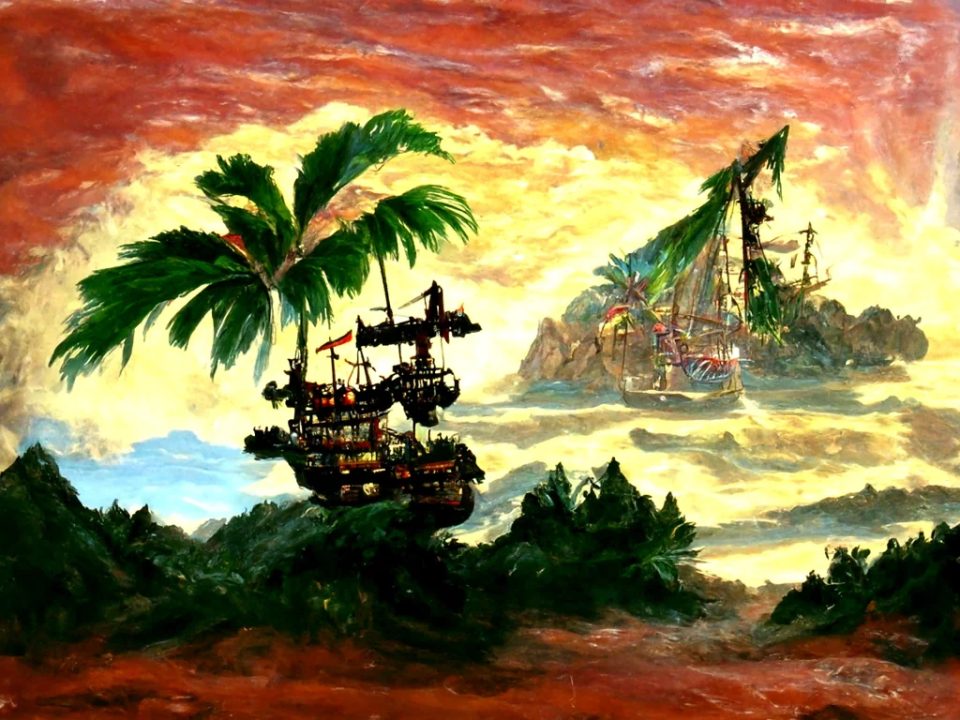
A scene generated by BenElegance in Disco Diffusion using prompt: Painting of a pirate ship approaching a shimmering tropical island
But is this Technology an Asset to Humanity?
Ok great! Begone with art school! Begone with college! Begone with community art courses! Now I be at liberty to churn out creative masterpieces from the sterile comfort of me technological contraption… without having to squander me waking hours at some bleedin’ academic institution… an institution which no doubt would impose the expectation writin’ them damn essays!
Not so fast…
Thousands… maybe even millions of artists, many of whom invested a lifetime mastering their craft, howled in fear. If years of training, practice and passion is no longer a prerequisite for professional artistry, what is to become of them? Will this technology make them redundant?
That is what we’re here to determine!
Does the below image appear somewhat familiar?
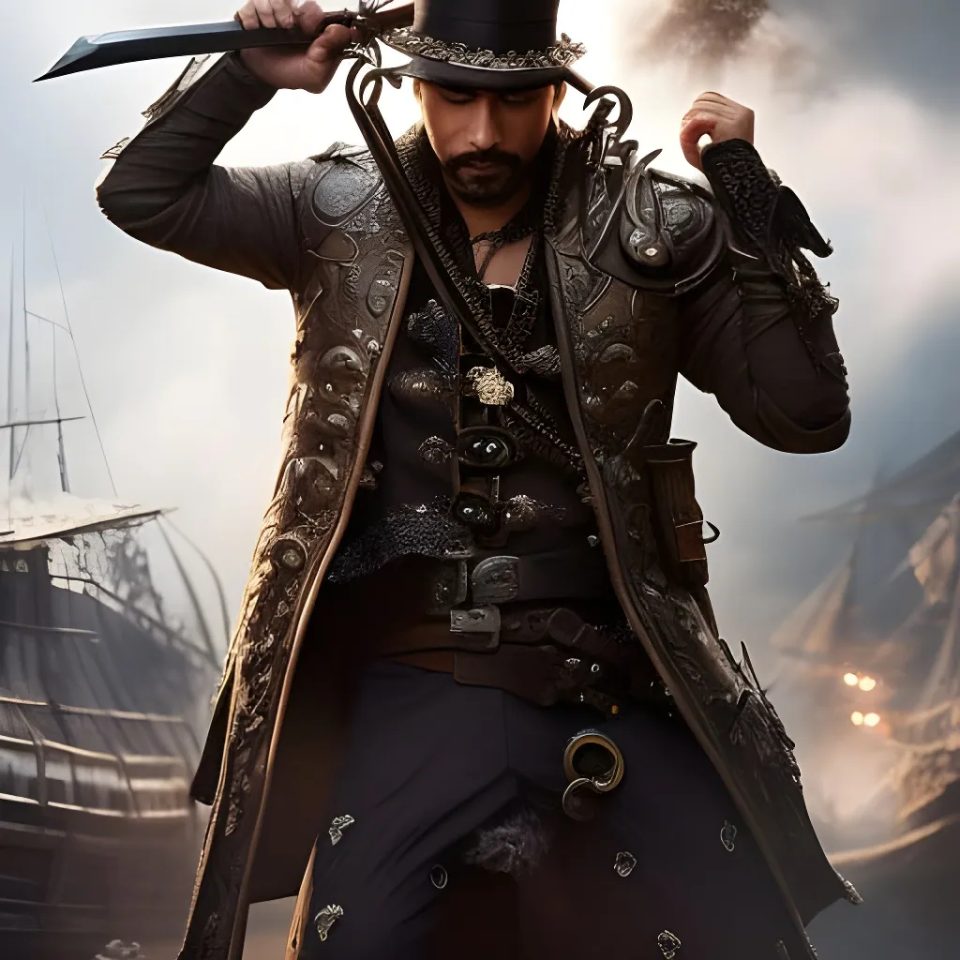
A pirate generated by RealLirix in Night Cafe using prompt: a stunning close up and immersive cinematic face portrait photography of a Pirate filigree Male wearing an eye patch and leather ragged clothes, steampunk octopus with tentacles
Yet more artists bellowed in agony when they discovered these digital degenerators had been plagiarising their work with nary a credit or compensation. Some generators can simply analyse an artist’s unique artistic style and apply it like a filter to other artworks.
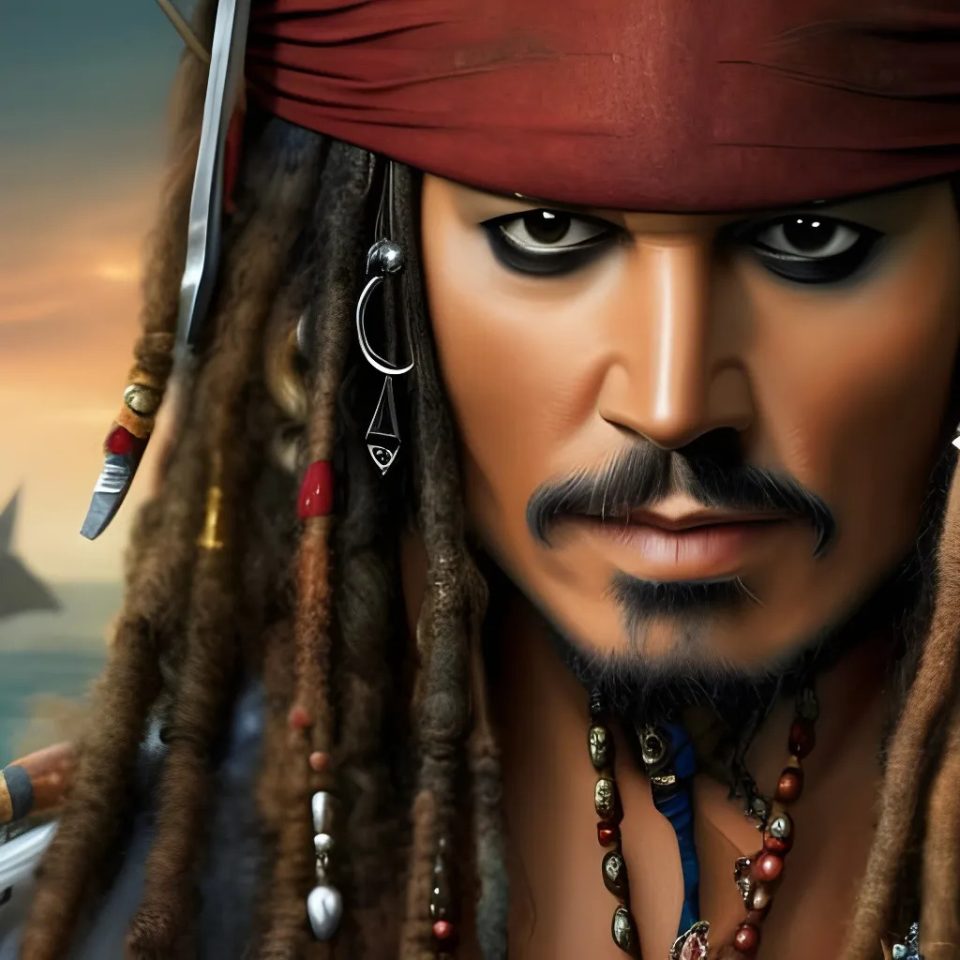
Jack Sparrow generated by RoseKnight in Midjourney using prompt: Insanely detailed portrait of Jack sparrow, backdrop of a ship, Digital art, art station, concept art, HD, 8k
The above image appears to have been merely cropped from a Pirates of the Caribbean film poster with a smoothing filter applied to it.
Below is an actual film poster:
It’s definitely not an identical depiction, but is the generated image different enough? Did the AI Generator even draw influence from that film poster? We may never know!
Smoothing aside, the AI generator interpreted Jack’s hair differently, bestowing him with more dreadlocks, opposed to the film poster’s fairer curls.
Some generators even audaciously incorporated the artists personal signatures into their “newly” generated art pieces…
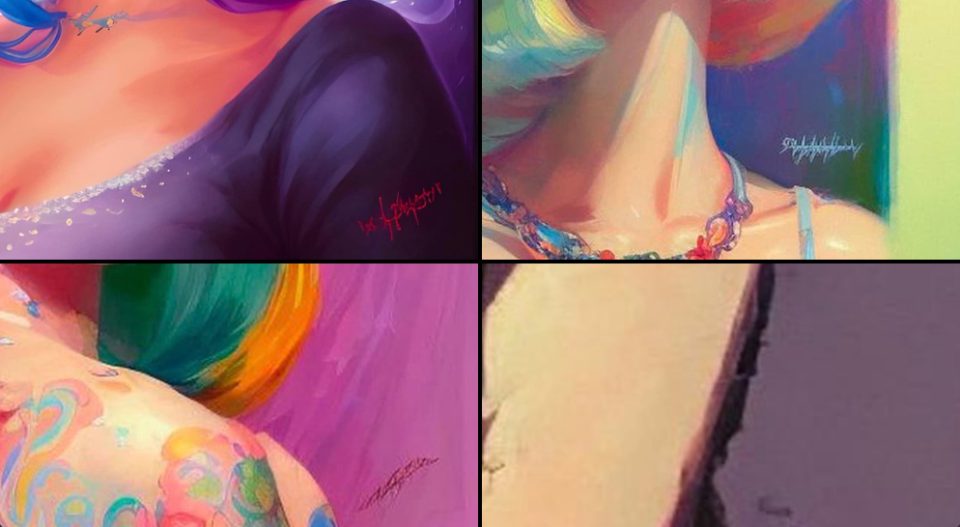
Examples of AI Art Generator, Lensa stealing artists’ signatures. Example images compiled by ARTnews
Now, the Classic Pirates have not yet encountered any pirate examples of this piracy, but various online art news sources, like ARTnews have reported this phenomena.
The concern is; where does this end?
If these AI Generators have the ability mimic style an artist’s style down along with their signature, what becomes of society’s demand for professional artists?
Be this the demise of artistic talent as we recognise it?
Gotcha! Or did we? When yer first laid eyes upon the above artwork did yer leap to the assumption t’was AI generated? When in fact, it be a traditional artistic piece by British artist Martin McKenna, who crafted it circa 2006 for the “Blood Bones” game book cover – part of Steve Jackson’s Fighting Fantasy series, no less! Yer know, the very same Steve Jackson who created Evil Stevie’s LEGO Pirate Game.
Martin McKenna, was a skilled artist who produced artworks for Magic the Gathering and other role playing ventures. But in juxtaposition to the AI generated pieces, be there a need to hire a professorial artist, considering it costs significantly less time and gold to magic up such imagery?
Fear not! McKenna has unfortunately become acquainted with his maker so this technological menace won’t affect him directly… but what of an artist’s family, should they happen to be receiving stipends for past commissions of their loved-ones?
Summary of Text-to-Image AI Generators Examined
If you’d like a crack at generating some art, here be a list of generators mentioned in this article:
Now go play and discover what you can computerate into existence…
What’s In Store for Part II?
In Part II, master brick film animator, Vanestream shares his experience of using the Text-to-Image AI generator, Stable Diffusion. He’s got plenty of images for us to review so we can determine just how much of a threat this technology poses to traditional building methods.
But if yer busting with enthusiasm and would like a peak at what’s coming next, yer should swing by his topic in LEGO Pirates Forum, or feel free to post yer own Artificially Generated LEGO Pirate goodness.
What Do Yer Think?
Do AI Art Generators pose a threat to LEGO Pirate MOC building? Or are these musings little more than hyperbolic nonsense to entice ye to read articles on the subject?
Have you attempted to use an AI Art Generator to create LEGO Pirate imagery? If so, how did it turn out? Were you pleased with the results?
Share your experiences of this emerging phenomena in the LEGO Pirates Forum or Classic Pirates Facebook Group and post your own AI generated LEGO Pirate creations.
Too shy to post in the Forum or Facebook Group?
Submit yer file(s) via this form:
